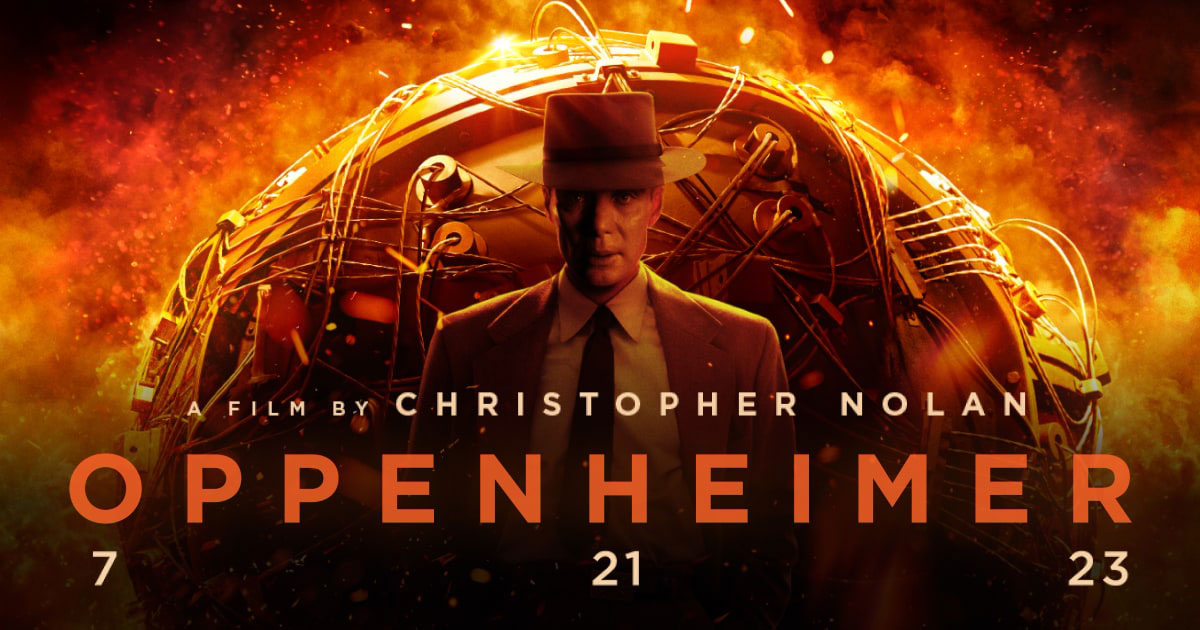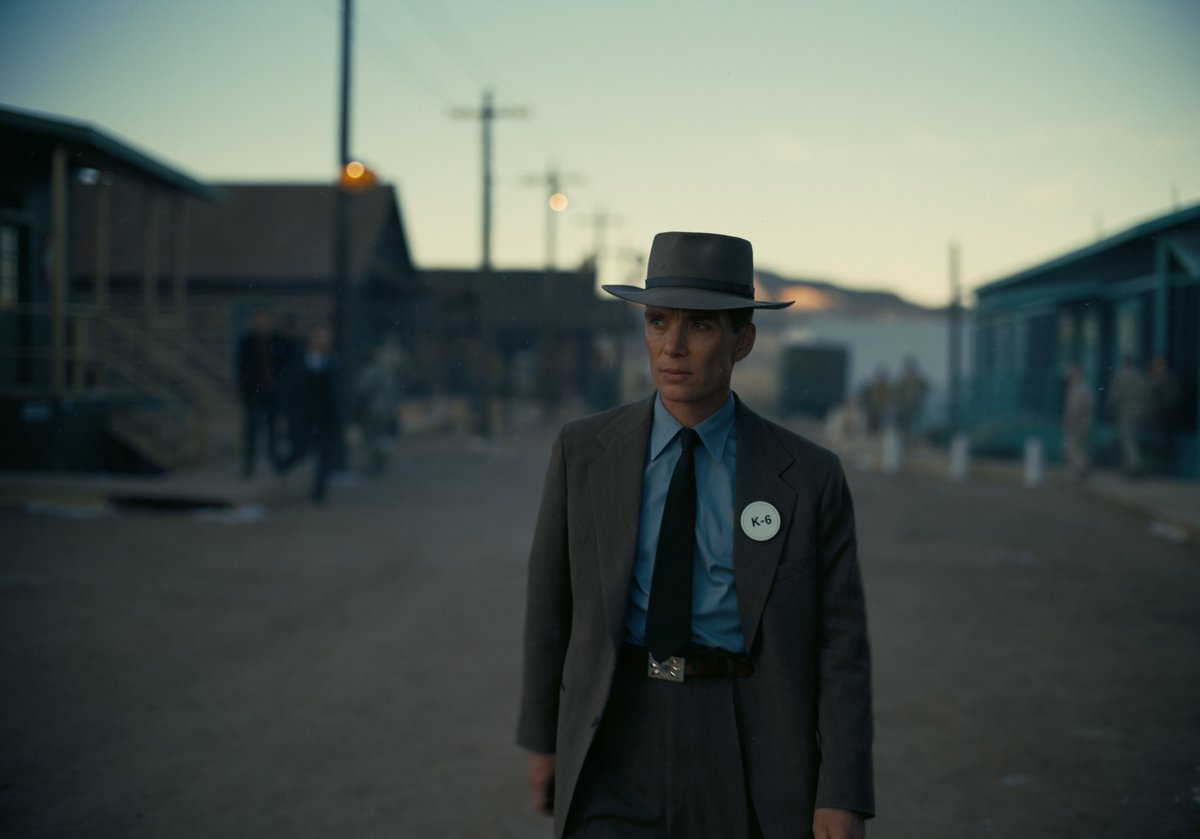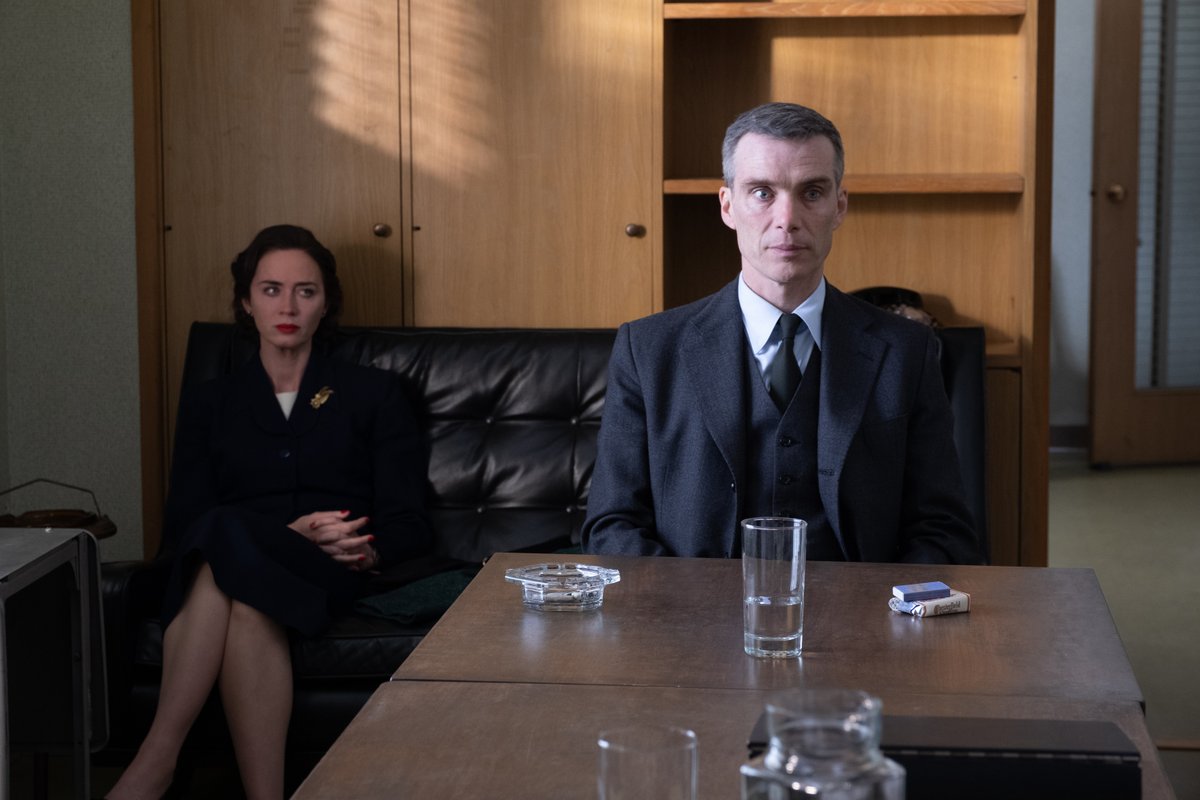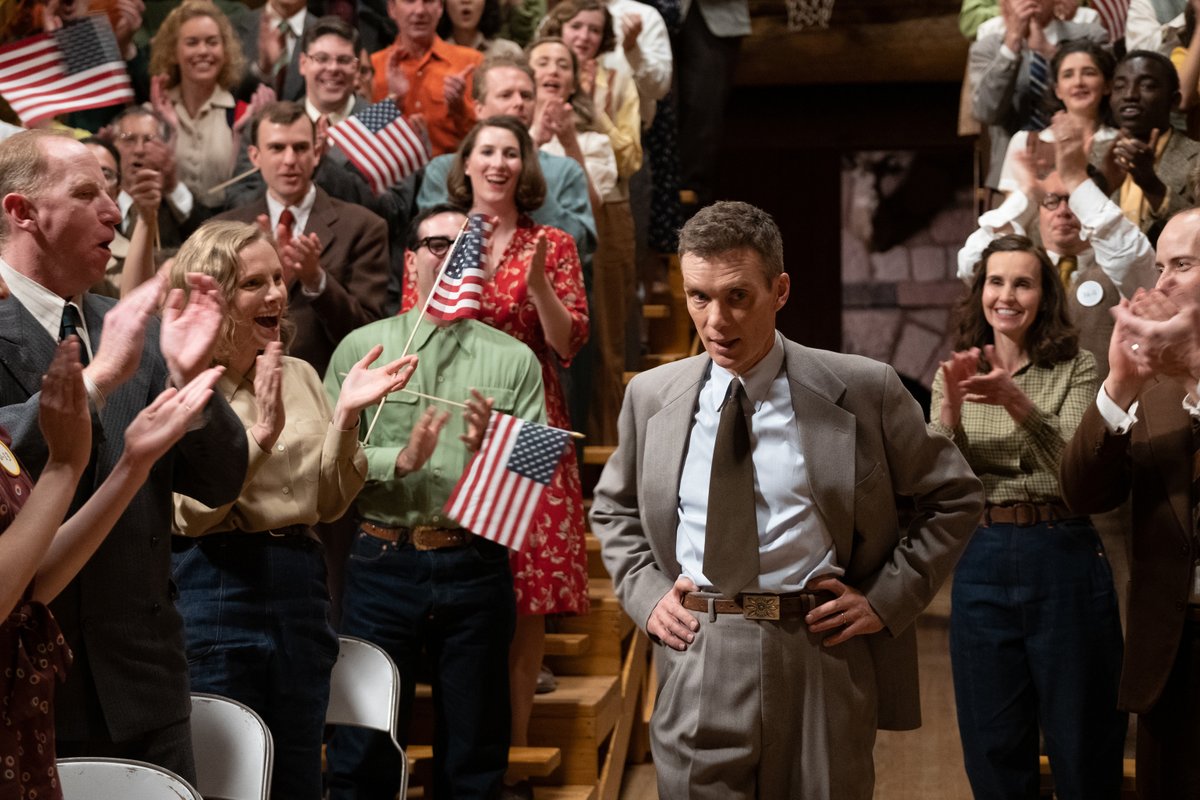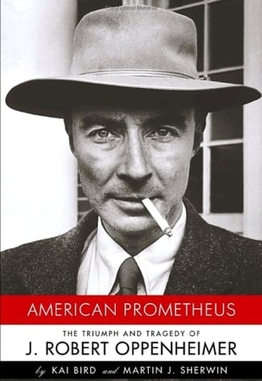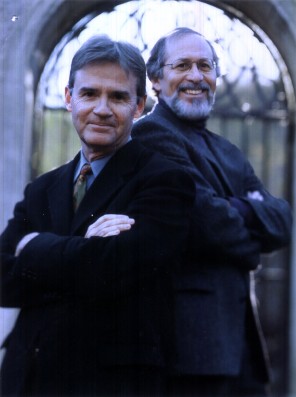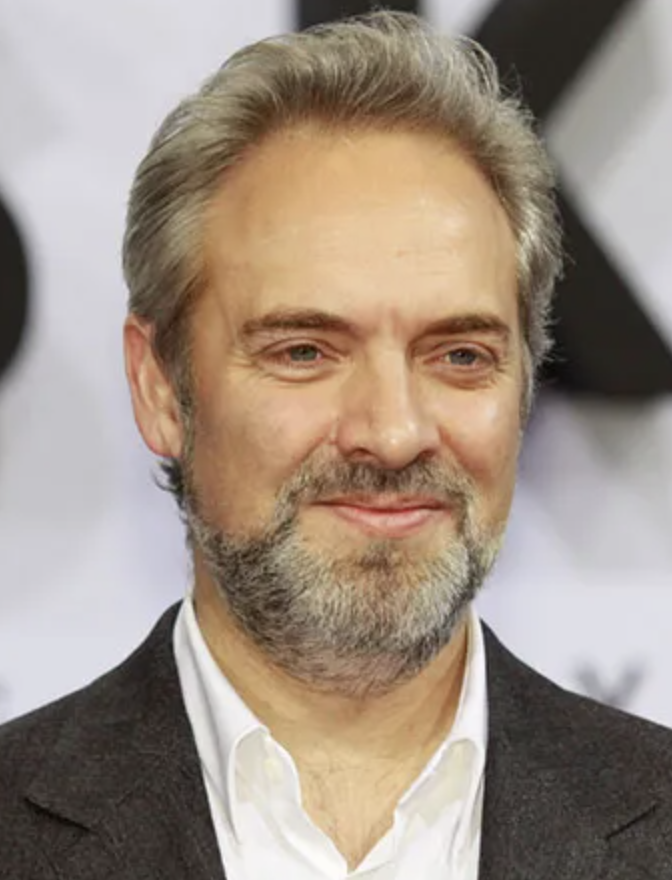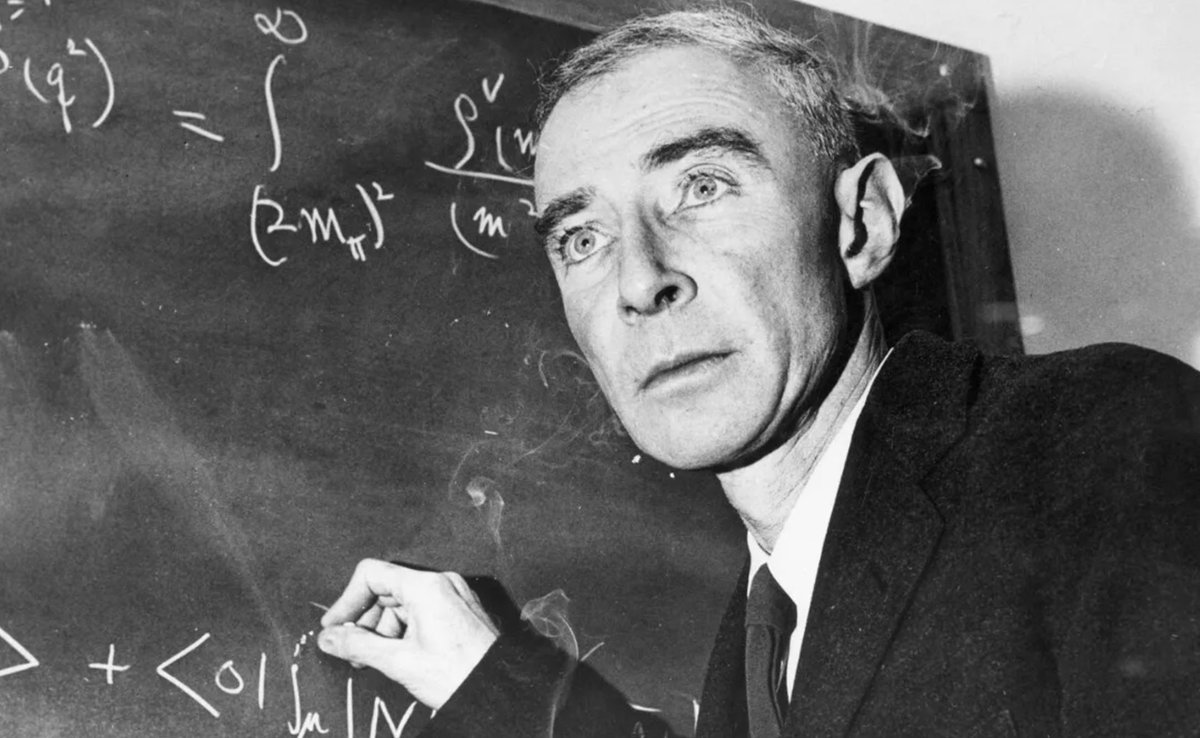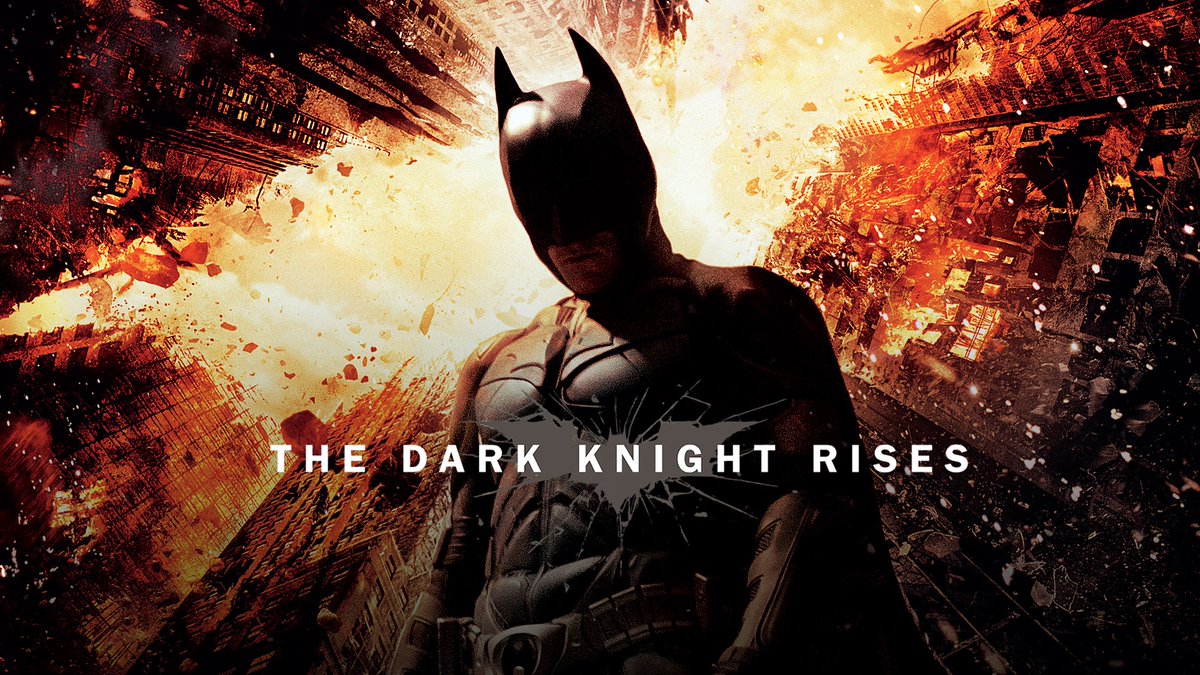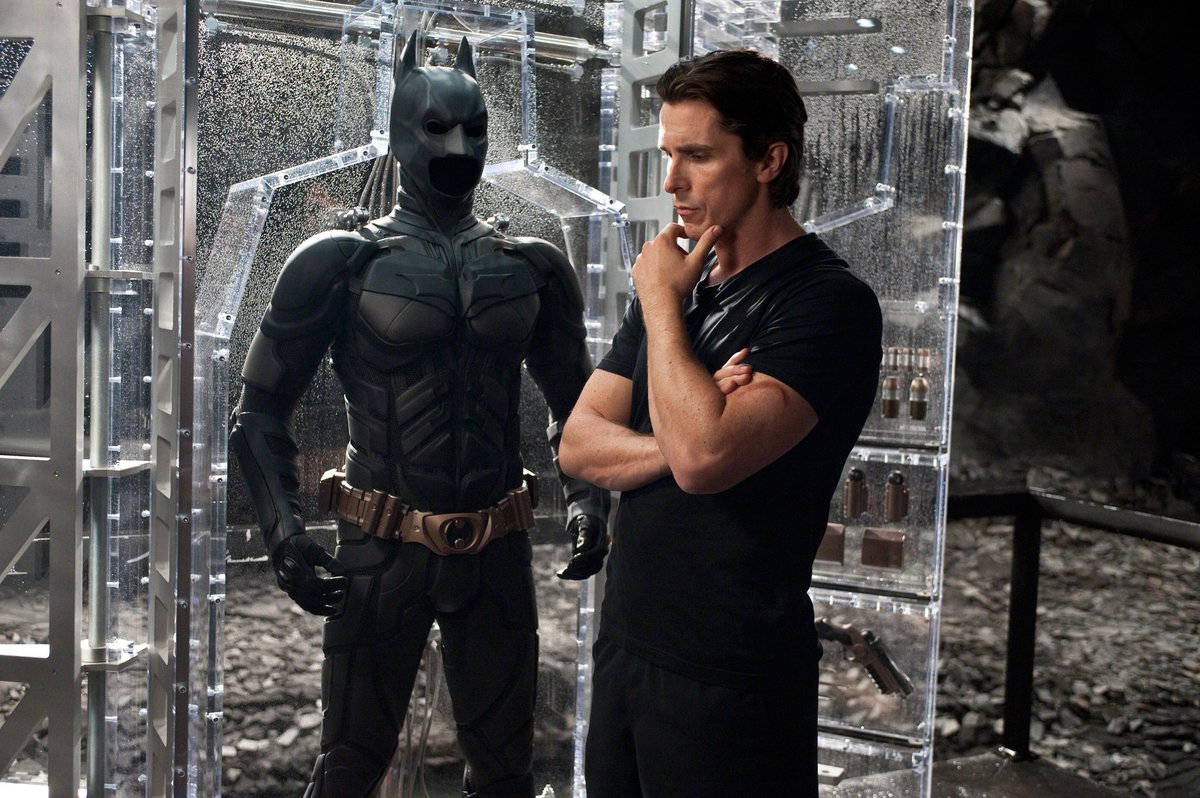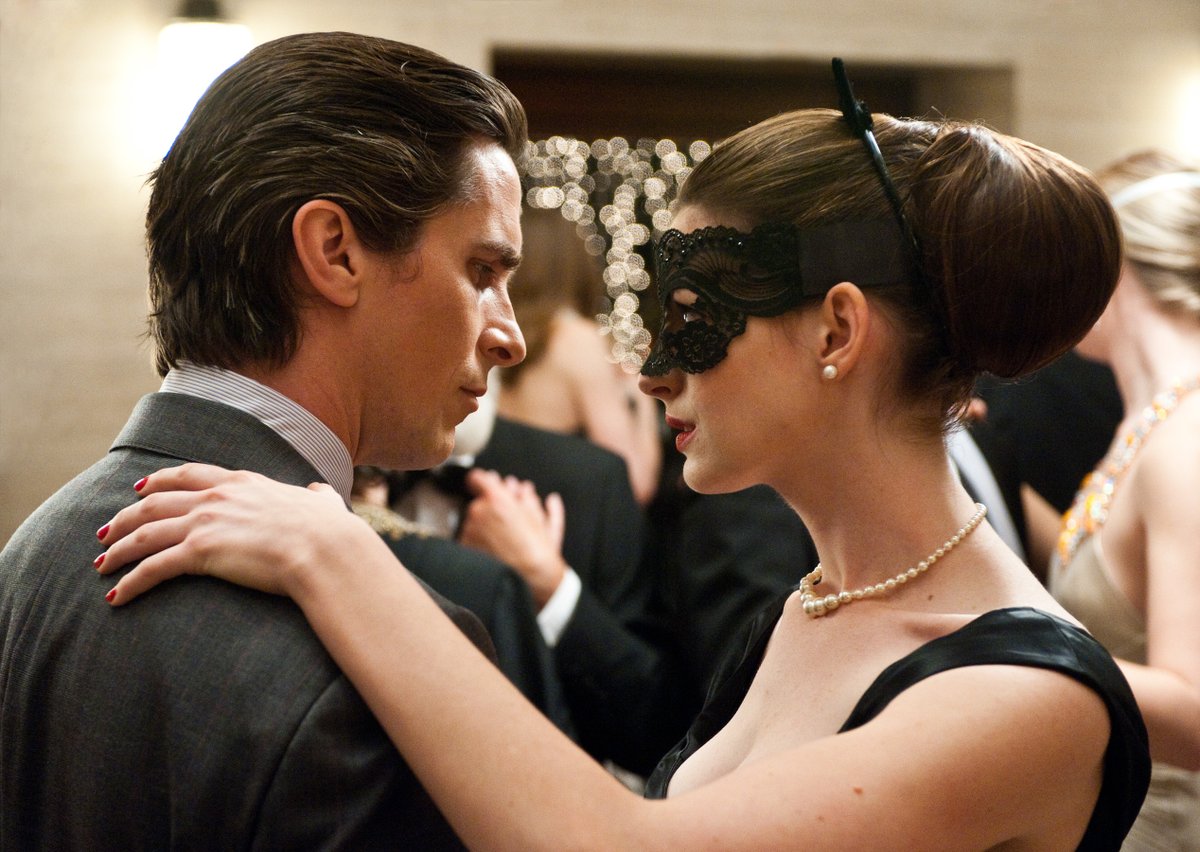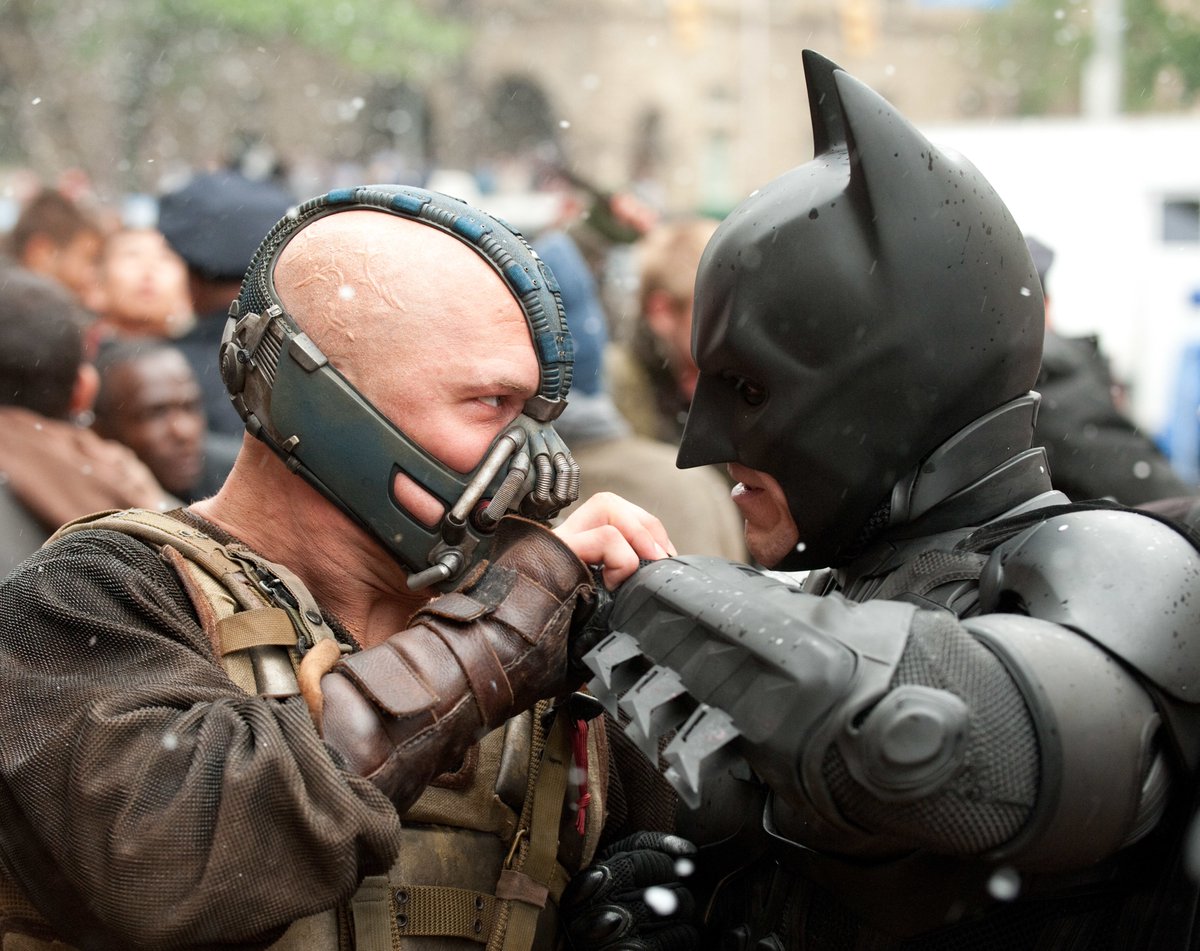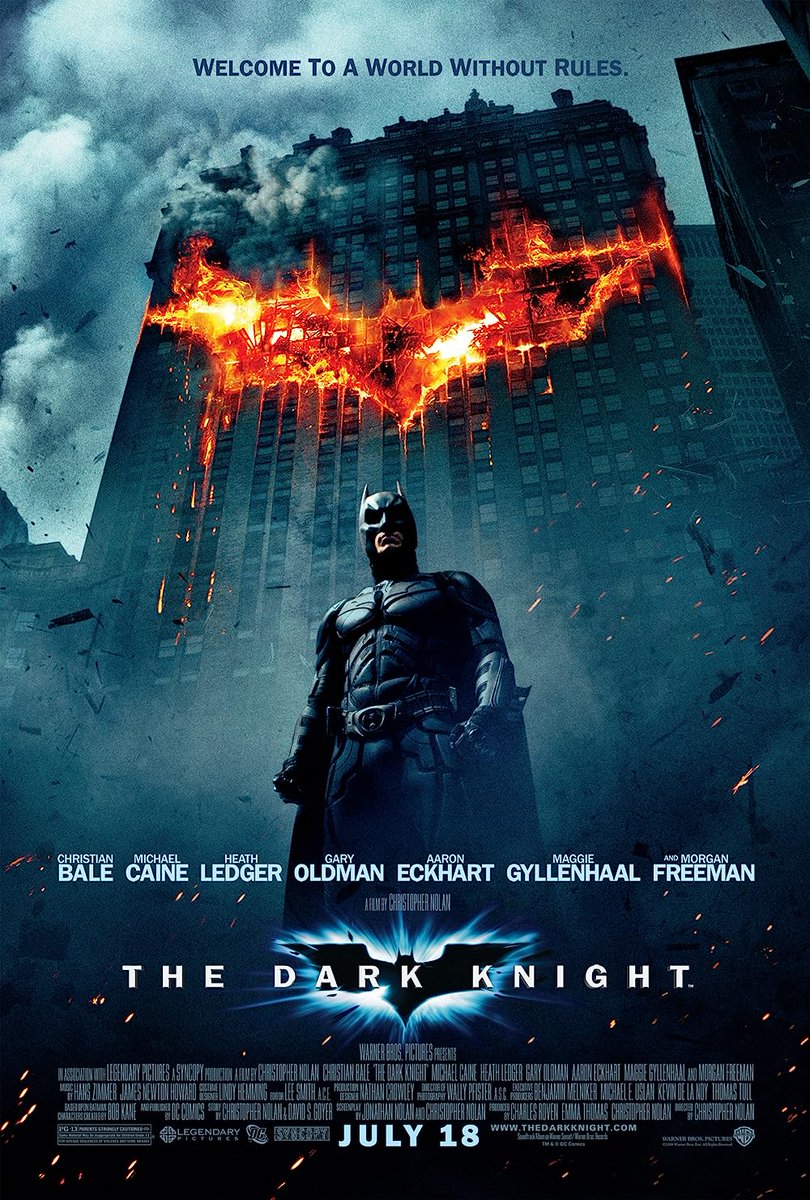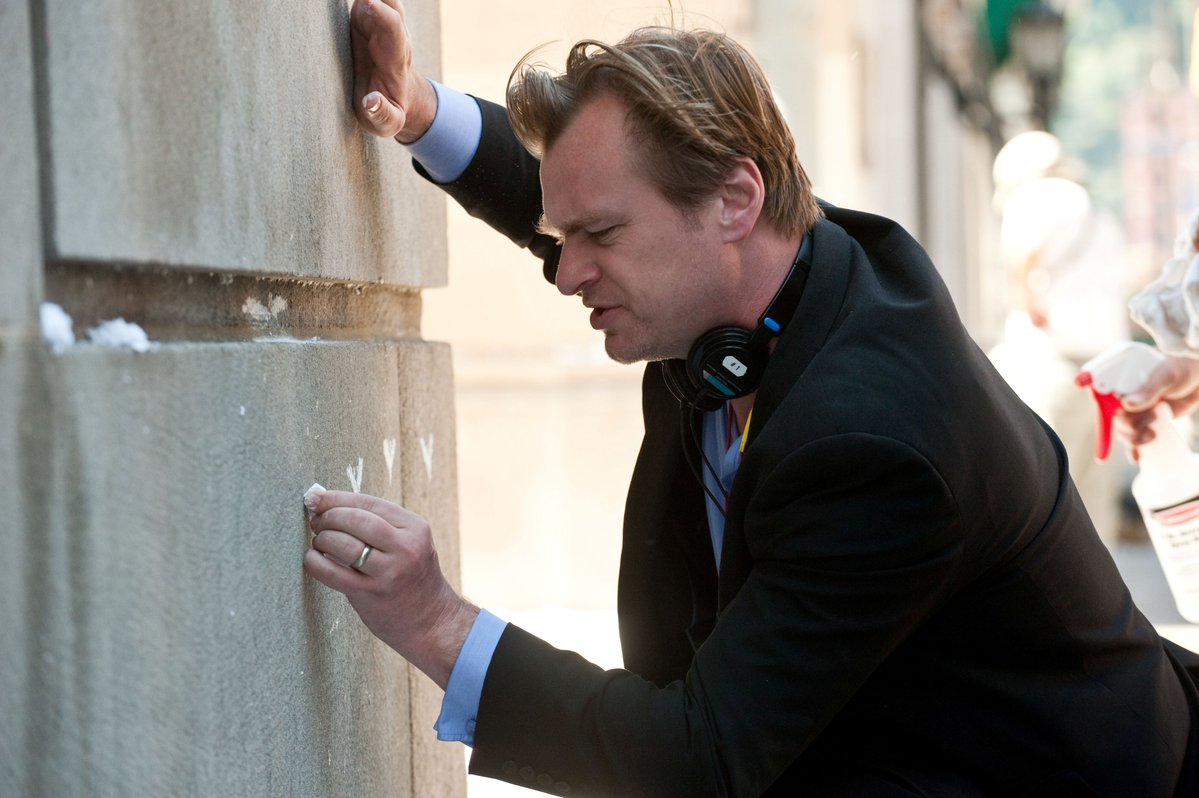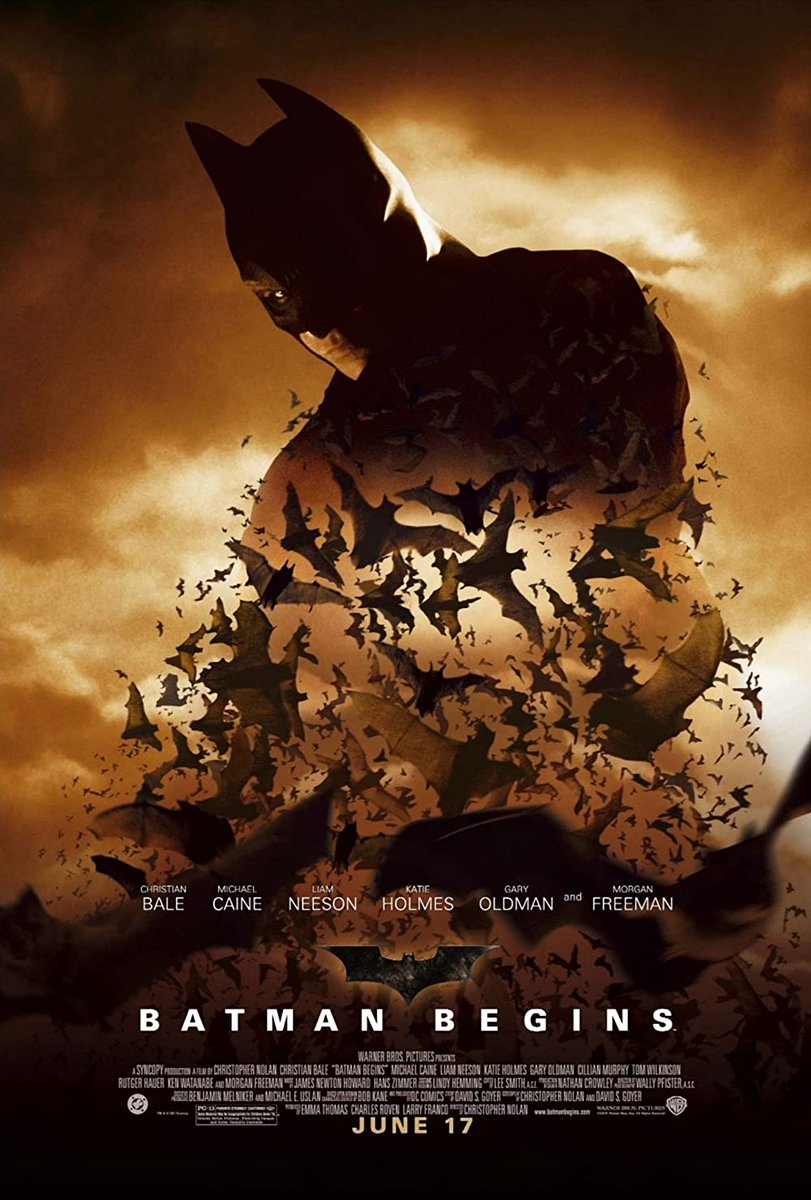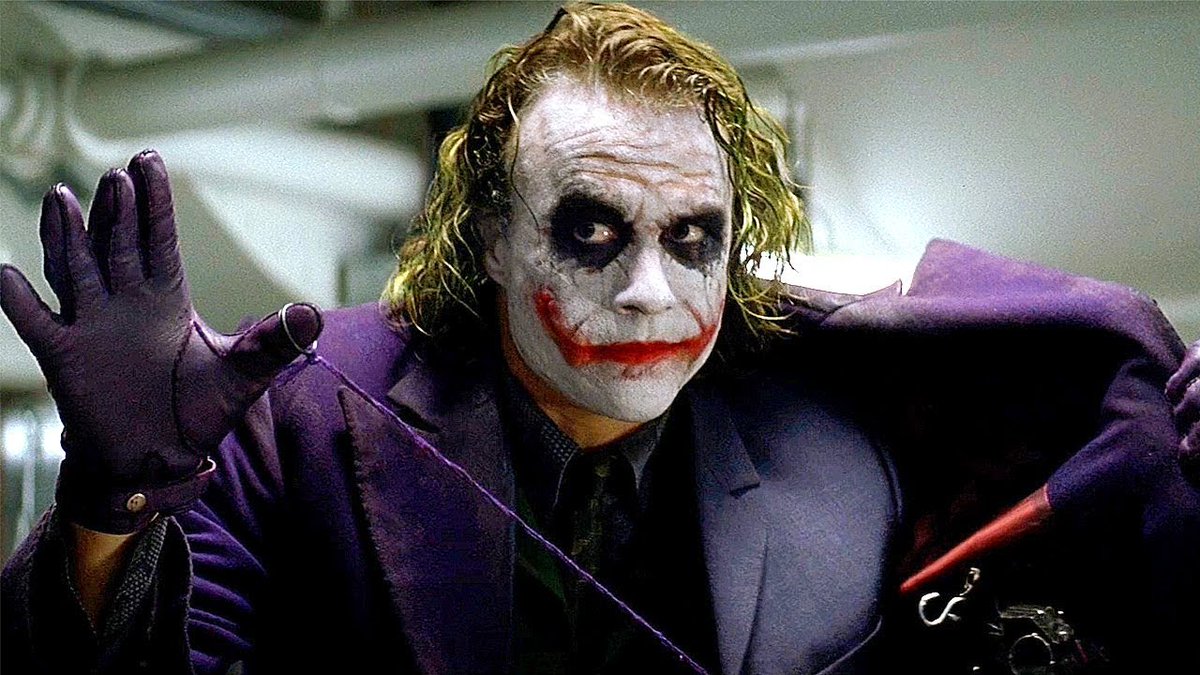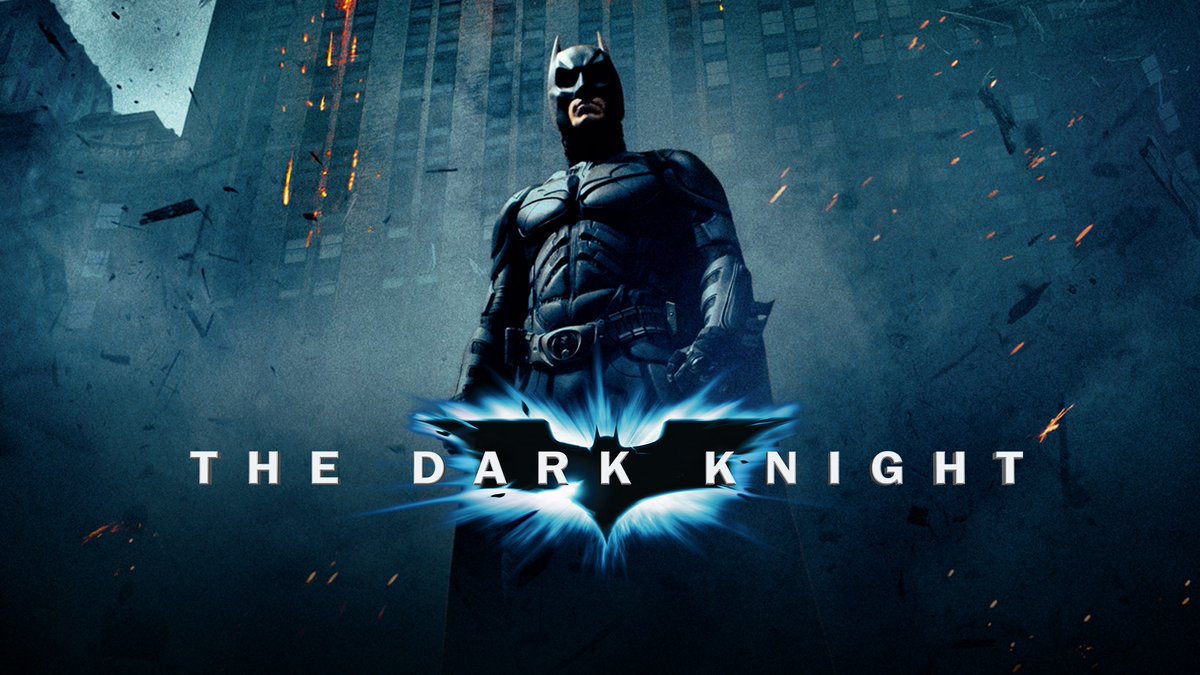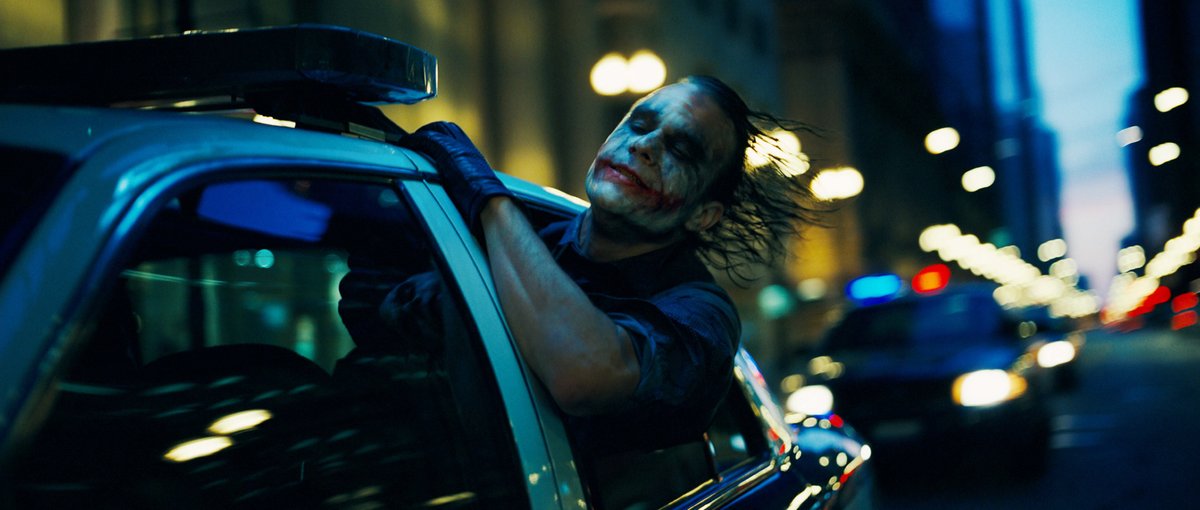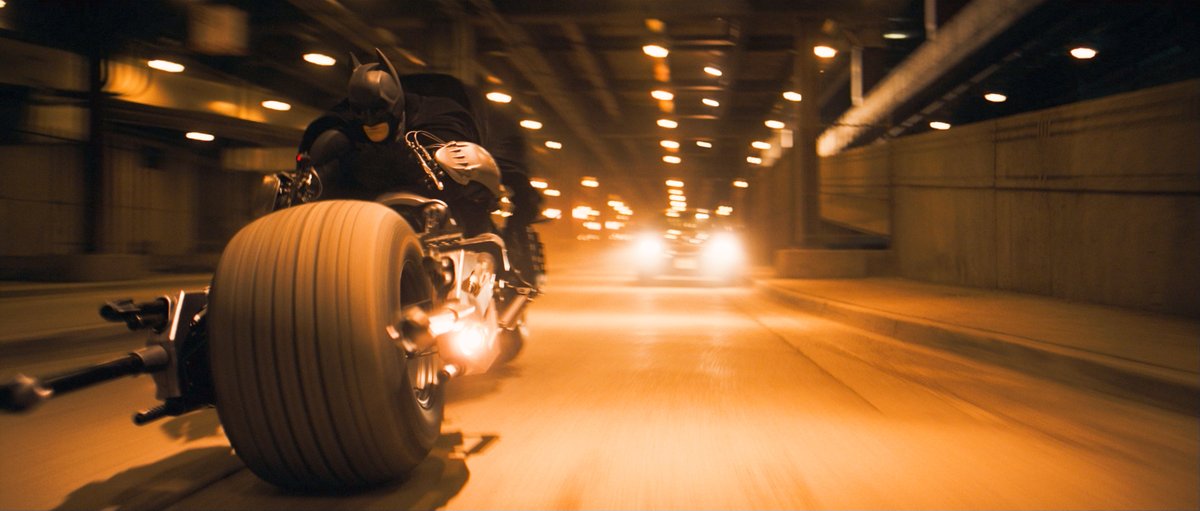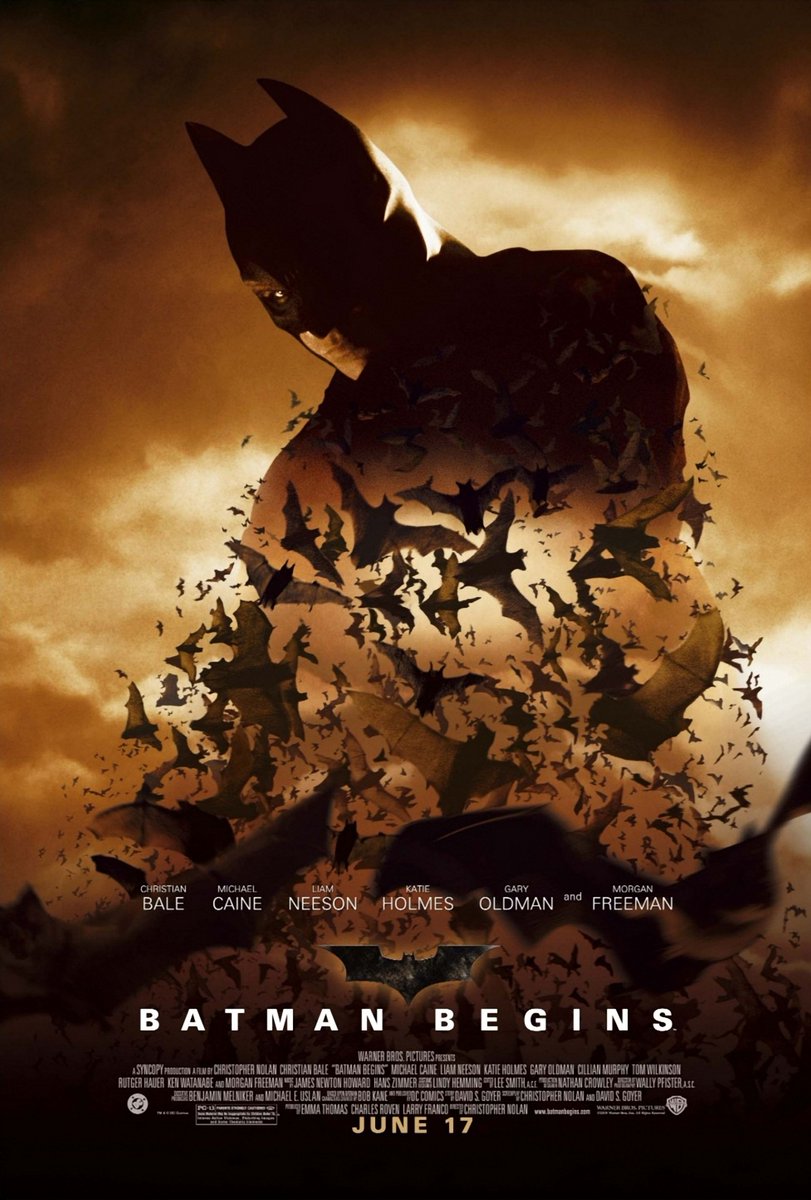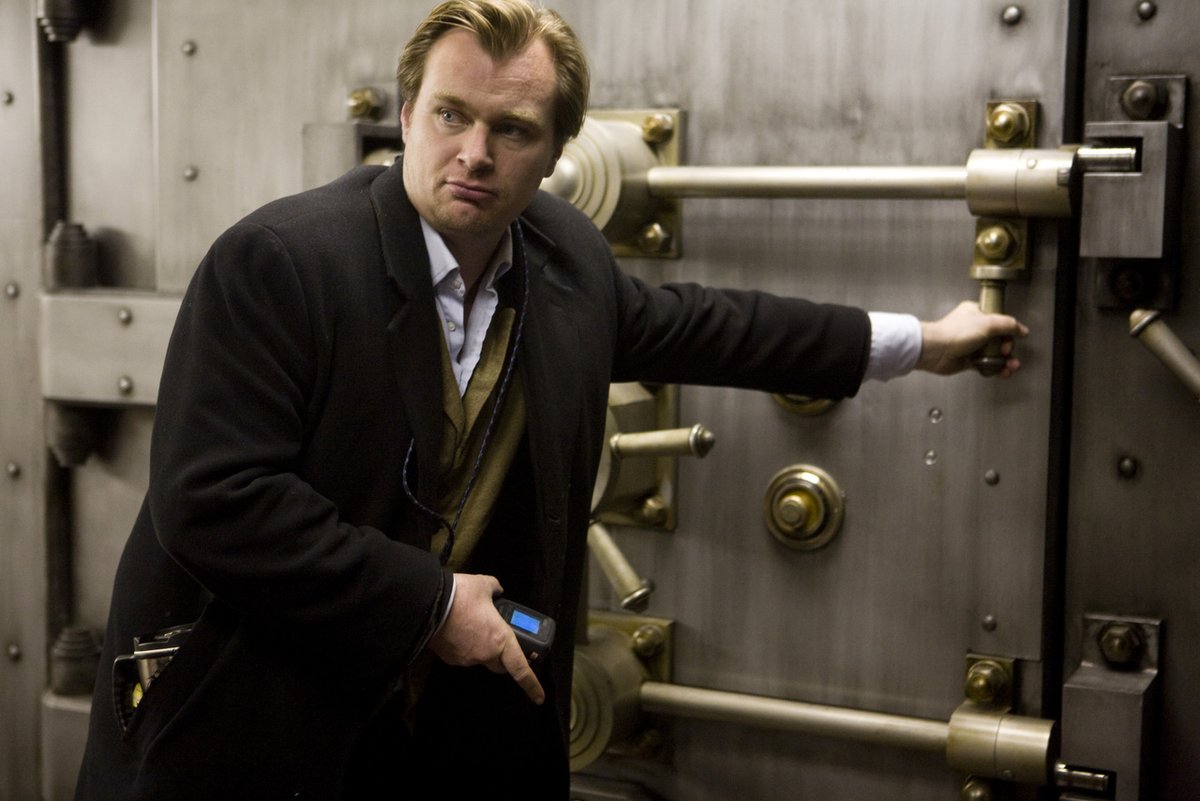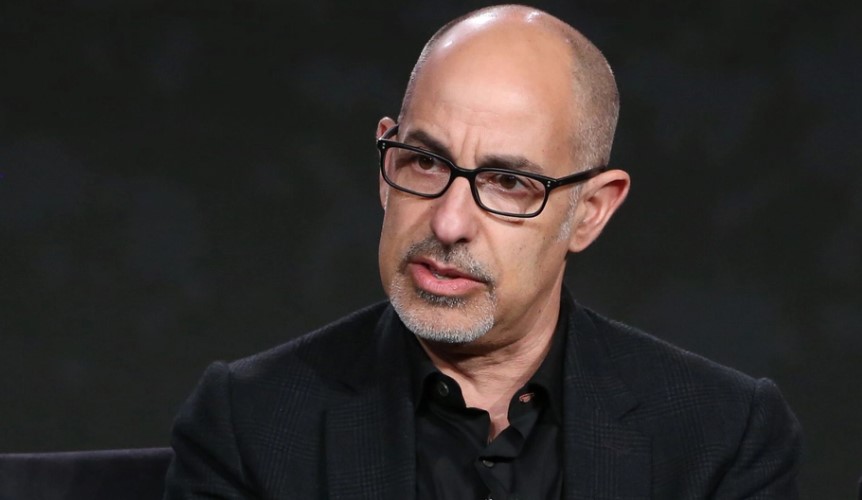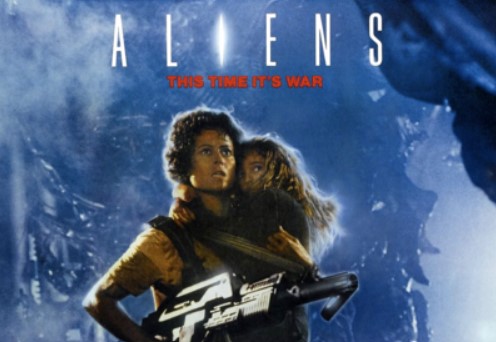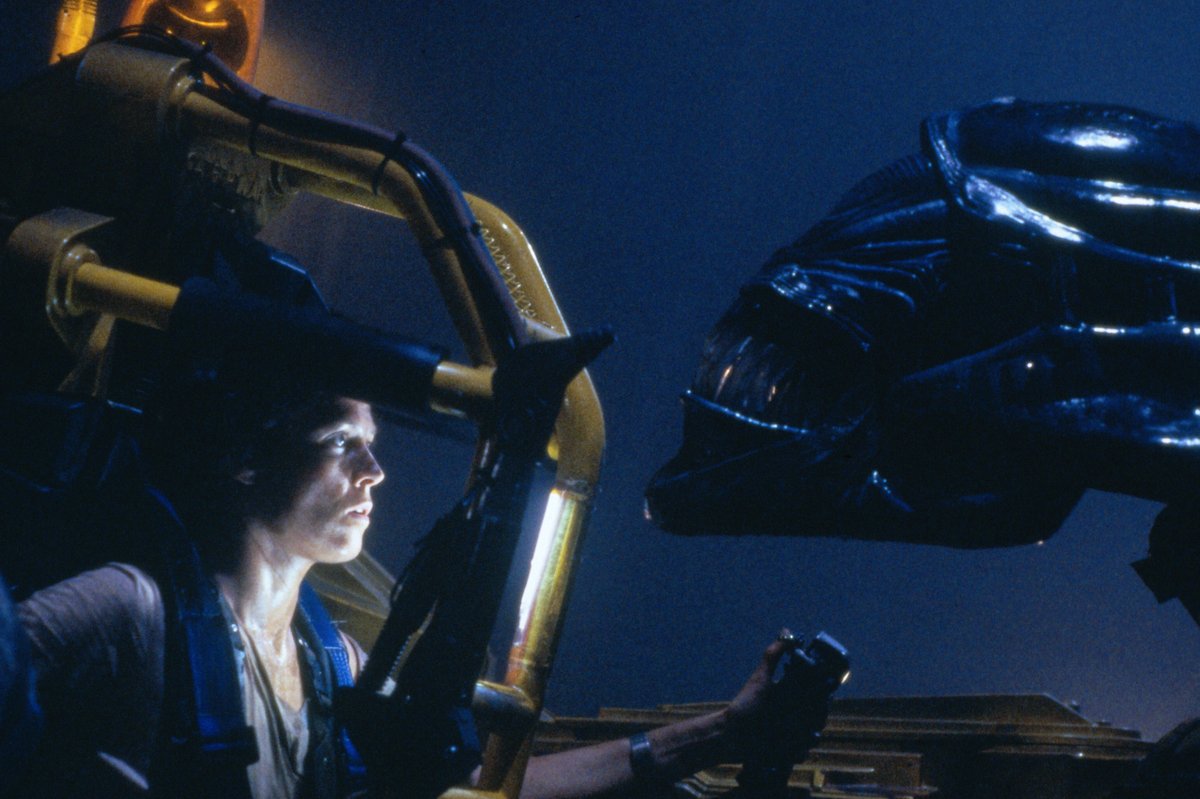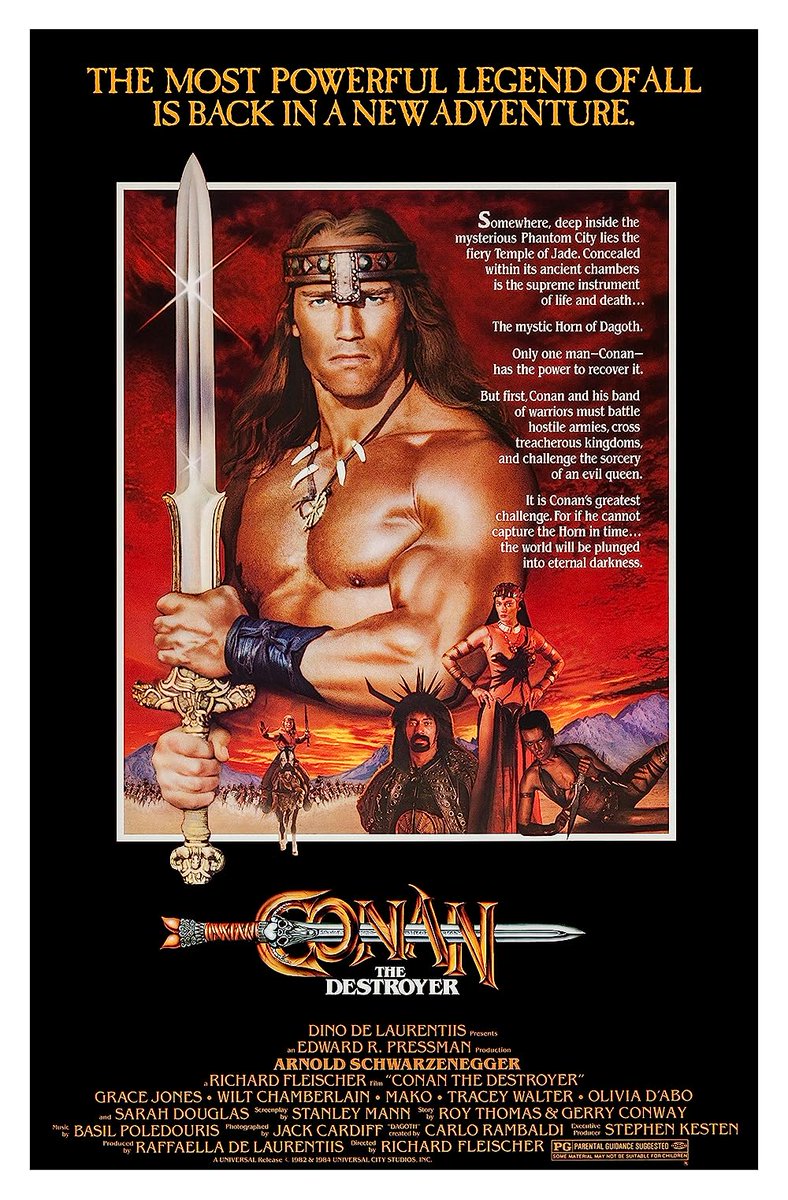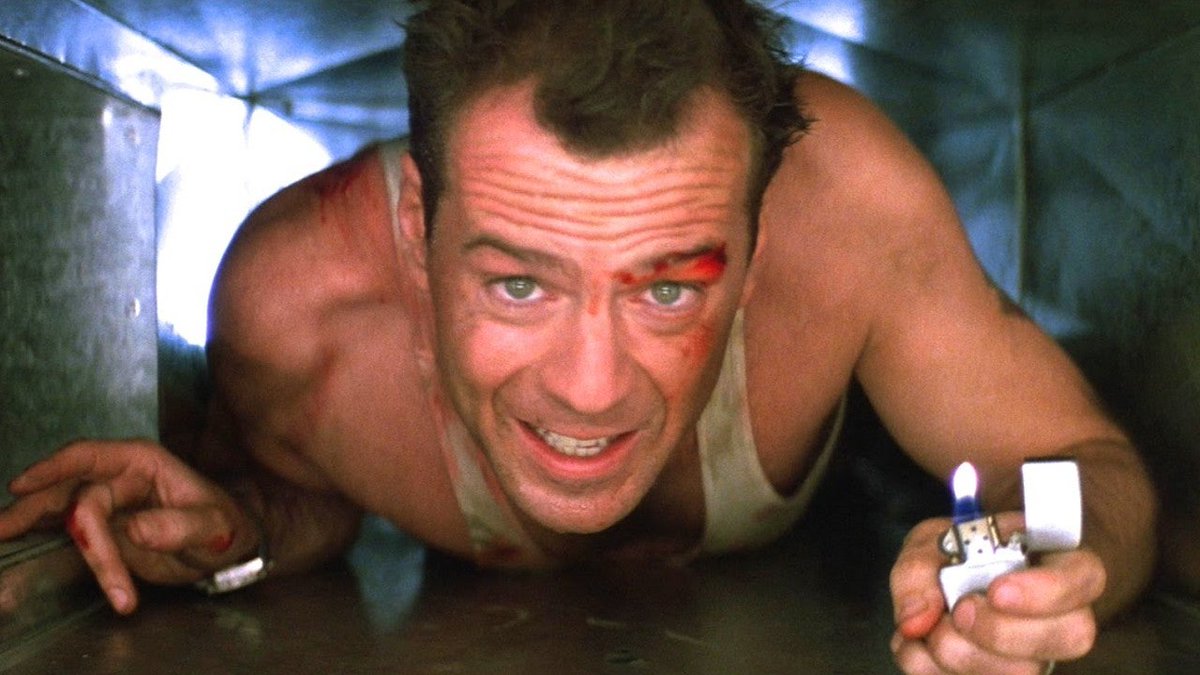DR. STRANGELOVE was released 60 years ago this week. One of the great satirical comedies and a Stanley Kubrick classic, the story of how it was made is as big as the nuclear fallout it climaxes with…
1/50




1/50

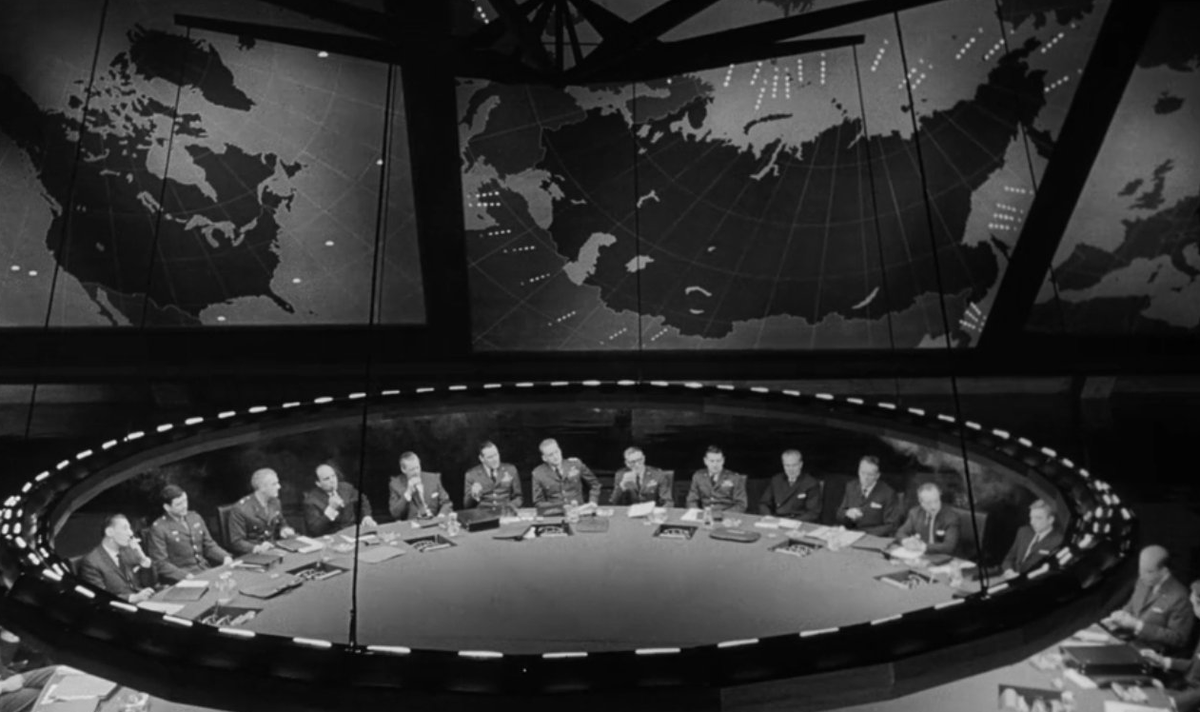
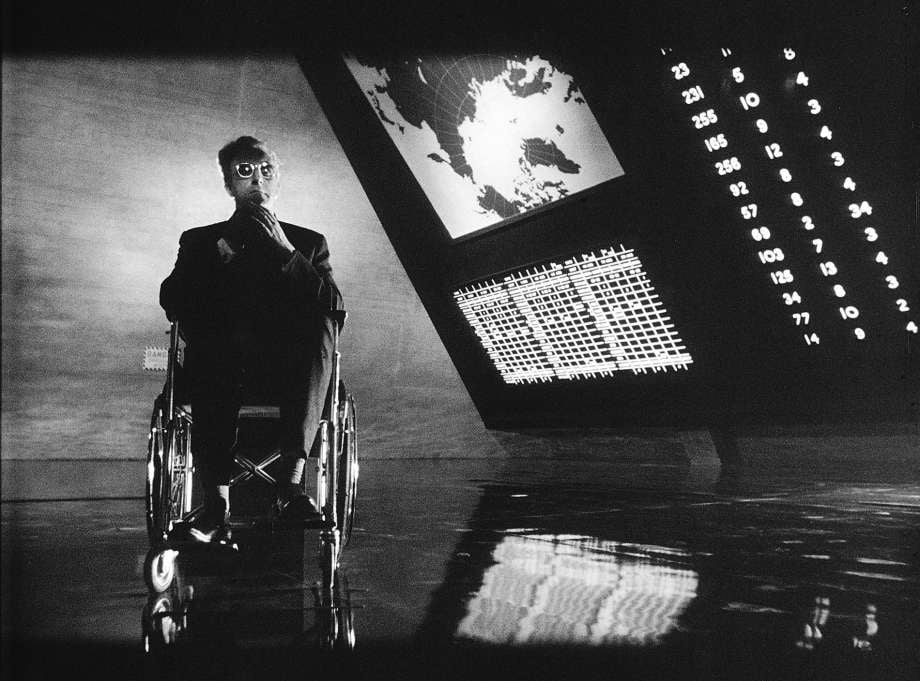
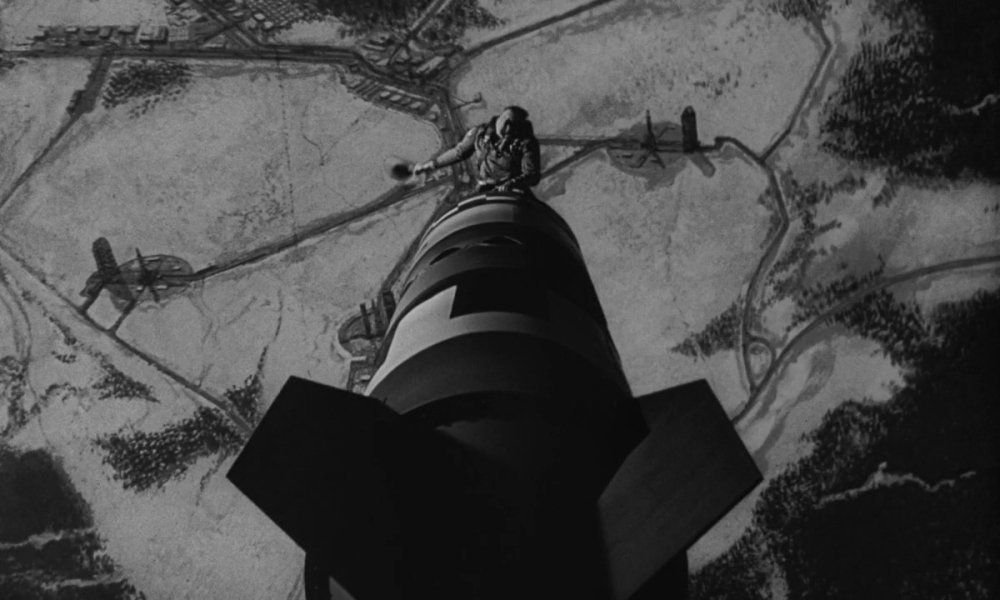
Following his controversial-but-successful Lolita in 1962, Stanley Kubrick had a vague idea for his next film - a thriller about a Cold War nuclear bomb crisis. Looking for inspiration, he read 50+ books on the subject and made contact with the Institute For Strategic Studies.
2/50

2/50


Head of the ISS was Alastair Buchan. He recommended Red Alert, a novel by Peter George (pseudonym Bryant). Kubrick was impressed and, when game theorist Thomas Schelling also praised the book, Kubrick had Columbia Pictures buy the film rights for the book.
3/50


3/50


Working together, Kubrick and George began adapting the novel into a screenplay. The original plan was that the film would follow the tone of Red Alert and be a serious thriller. As he wrote though, Kubrick quickly began to see the potential for comedy…
4/50



4/50
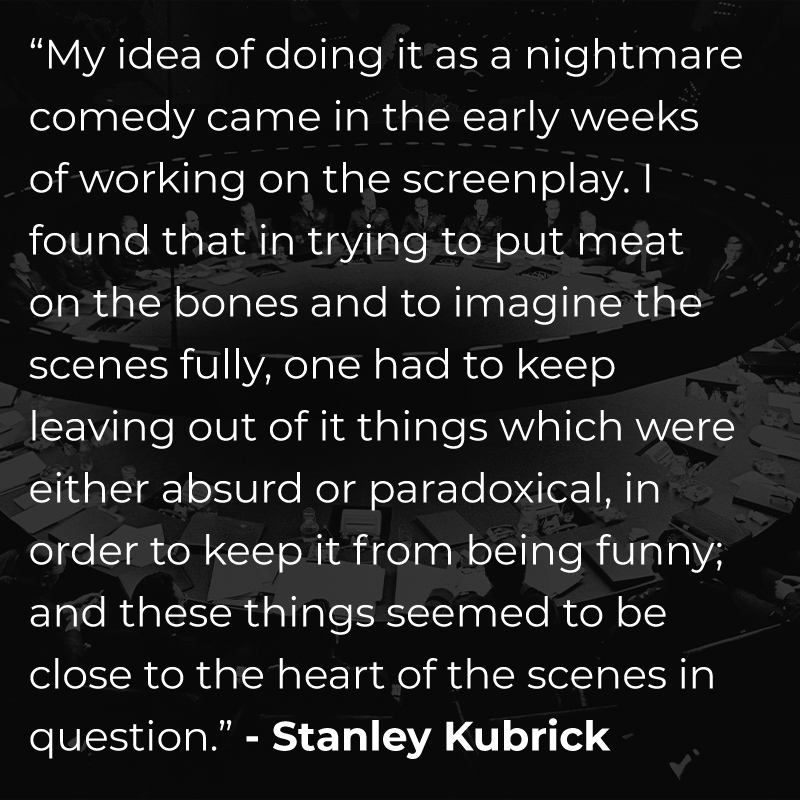

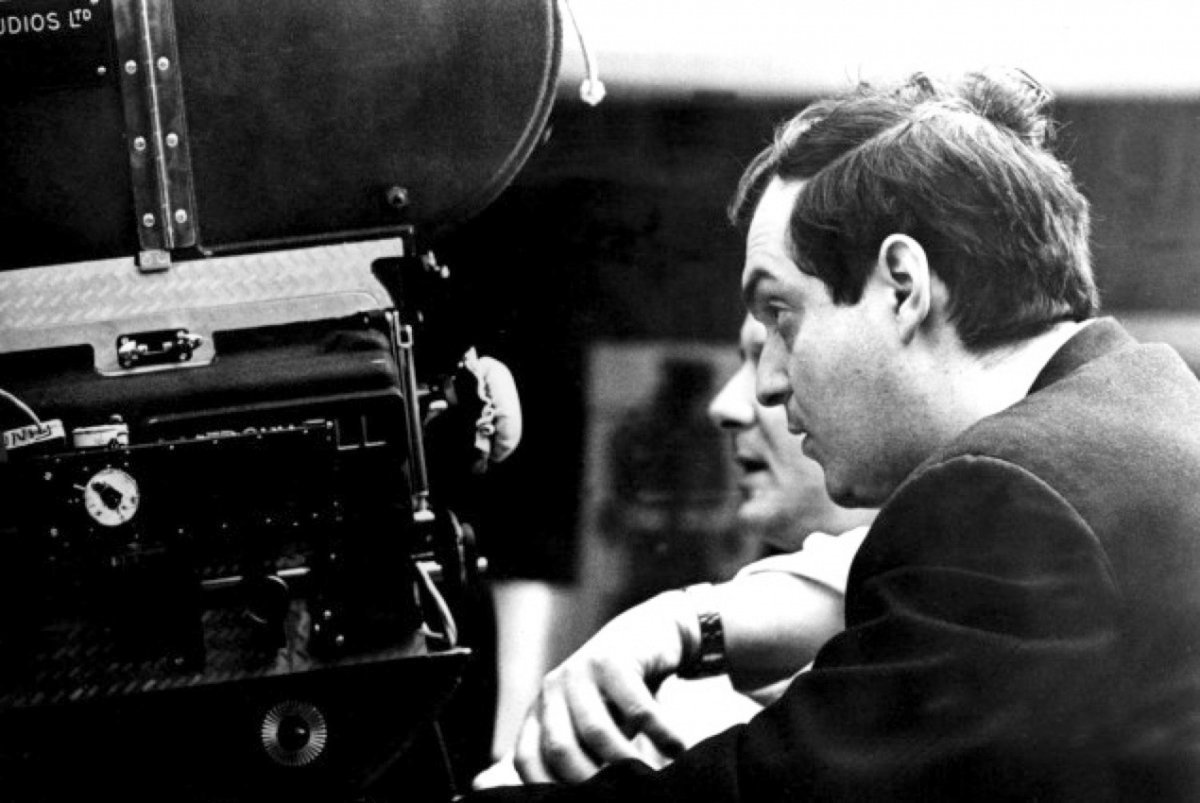
Once he decided on a switch to satire, Kubrick brought in writer Terry Southern for rewrites. Southern had penned comic novel The Magic Christian, a book which Peter Sellers had gifted to Kubrick. Southern’s appointment led to a rift between Kubrick and George.
5/50


5/50

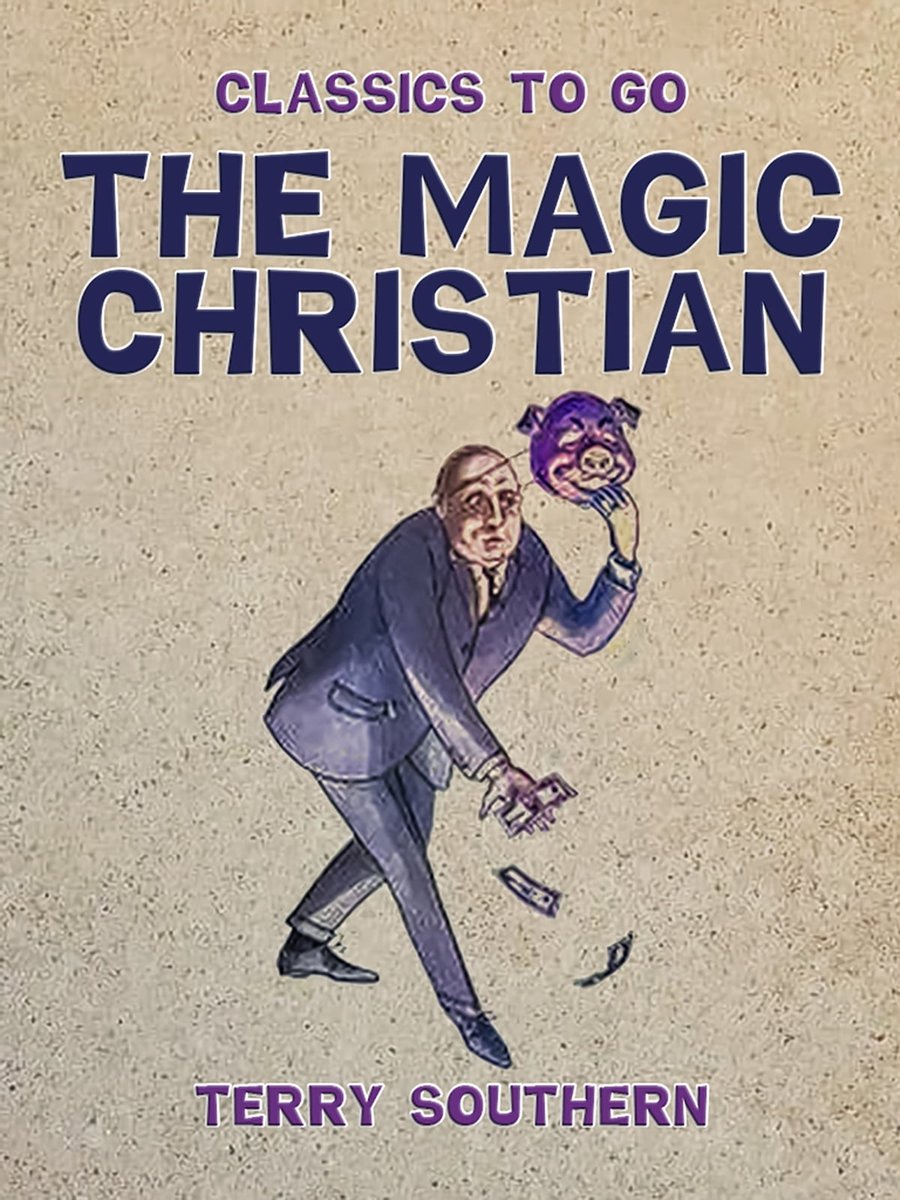
Columbia agreed to fund and distribute the film on condition that Kubrick followed a precedent he’d set in Lolita and cast Peter Sellers to play three separate roles, ideally four. Kubrick had already planned to bring in Sellers and agreed.
6/50



6/50



Sellers played President Merkin Muffley, Group Captain Lionel Mandrake, and Dr. Strangelove. He was also hired to play Maj. T.J. "King" Kong, but had to pull out of that part when he broke his ankle on the set.
7/50



7/50



Knowing his worth, Sellers demanded an enormous $1m salary for the film – which was 55% of the film’s total budget. Kubrick later joked “I got three for the price of six.”
8/50


8/50


Sellers was a master ad-libber and improvised a lot of his lines. Kubrick recalled "Peter said he couldn't promise to do the same thing twice.” As such, Kubrick utilised 6-camera setups to ensure everything Sellers did was captured in one take.
9/50


9/50

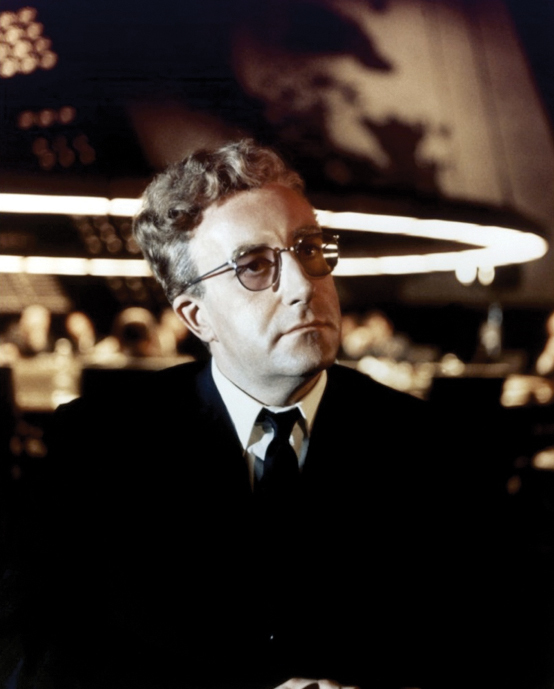
Kubrick intended to shoot in the United States but plans had to change when he found out Sellers had to remain in England, due to the fact he was going through divorce proceedings with Anne Howe. Filming was moved to England's Shepperton Studios.
10/50


10/50


Kubrick wanted some big names for certain roles and there have been reports that Noel Coward, Orson Welles, and Paul Newman were considered for certain roles. Kubrick eventually turned to George C. Scott as General Buck Turgidson.
11/50




11/50




Kubrick wanted Scott to overact in his performance so had Scott do a couple of over-the-top takes after several serious ones, and used them in the film. As a result, Scott – who considered himself a serious actor – vowed to never work with Kubrick again.
12/50




12/50




In casting General Jack D. Ripper, Kubrick reportedly offered the role to musical legend Gene Kelly before turning to Sterling Hayden. The two had worked together in The Killing and Hayden came out of a 5-year retirement for Strangelove.
13/50




13/50




When Sellers pulled out of playing Major Kong, Kubrick approached John Wayne, but received no response. Bonanza star Dan Blocker also said no because the film was too political before TV western veteran Slim Pickens was cast.
14/50



14/50



Kubrick never told Pickens about the satirical slant of the film, so Pickens played it straight. Co-star James Earl Jones said he thought Pickens was staying in character between takes until he realised that was the way he always talked and dressed.
15/50


15/50
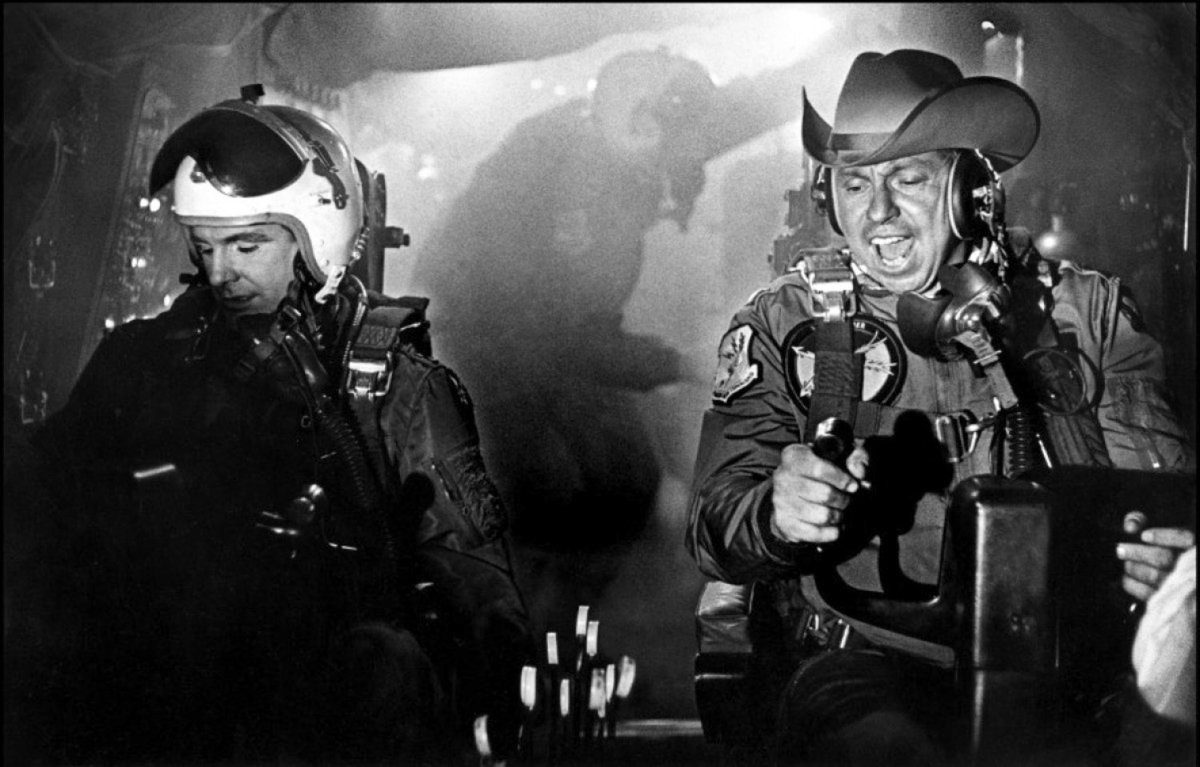

Pickens had never travelled out of the U.S. so production was delayed for a month while he applied for a passport to travel to England, where his scenes were shot. He later said "After Dr. Strangelove, the roles, the dressing rooms and the checks all started getting bigger."
16/50

16/50

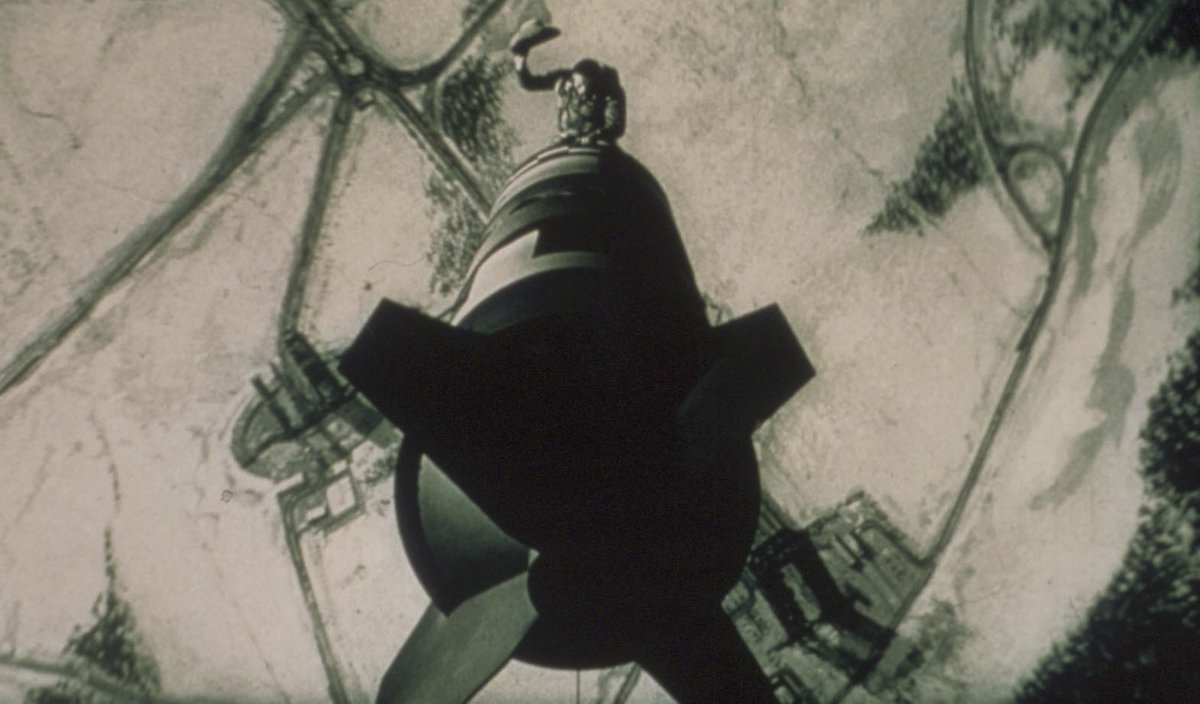
Dr. Strangelove was the film debut of James Earl Jones. He was cast after Kubrick had attended a production of Shakespeare’s The Merchant of Venice starring George C. Scott, and noticed Jones in the cast.
17/50


17/50


The only woman in the film is Miss Scott, Turgidson’s secretary. She was played by Tracy Reed and also billed as ‘Miss Foreign Affairs’ as Reed had appeared under that name in Playboy in 1962. We see that edition in Kong’s cockpit.
18/50




18/50




In changing the name of the novel, Kubrick considered titles such as Dr. Doomsday or: How to Start World War III Without Even Trying; The Edge of Doom; The Delicate Balance of Terror; Dr. Strangelove's Secret Uses of Uranus; Wonderful Bomb; and On the Edge of Destruction.
19/50


19/50


There were a lot of other changes from the source novel. In George’s book, the two bombs are called ‘Hi There!’ and ‘Lolita’. For obvious reasons, Kubrick changed the name of the second bomb to ‘Dear John’.
20/50


20/50


Characters were renamed too. Turgidson is from word turgid, meaning over-the-top. Mandrake refers to the mandrake root, used as a sleeping agent. Bat guano translates as ‘batshit’ meaning insane. And Muffley is a reference to his making a lot of mistakes.
21/50




21/50




Most tellingly of all, the title character of the film is not in the book. When Kubrick conceived of him, he was originally called Von Klutz, before Kubrick settled on Dr. Strangelove.
22/50
22/50

Characters were rooted in reality. Turgidson was based on Gen. Curtis LeMay, who said he wouldn’t be afraid to start a nuclear war. Ripper was from Gen. Thomas Power, who said about the possibility of nuking the Soviets " The whole idea is to kill the bastards!”
23/50


23/50


Muffley came from Adlai Stevenson II, who lost two presidential elections before becoming ambassador to the United Nations. Kong (Slim Pickens) was based on Alvin "Tex" Johnston, the chief test pilot for Boeing in 1950s who flew wearing cowboy boots and a Stetson.
24/50


24/50


Strangelove was based on various people, including rocket scientist Werhner Von Braun, Manhattan Project boss John von Neumann, and hydrogen bomb designer Edward Teller. Sellers denied reports he was based on Henry Kissinger.
25/50




25/50




Ripper's theory about water fluoridation being a Communist plot is based on a rumour spread by the far-right John Birch Society in the 1950s. At the time, some towns banned fluoridation of water and had laws to arrest anyone who advocated it.
26/50


26/50
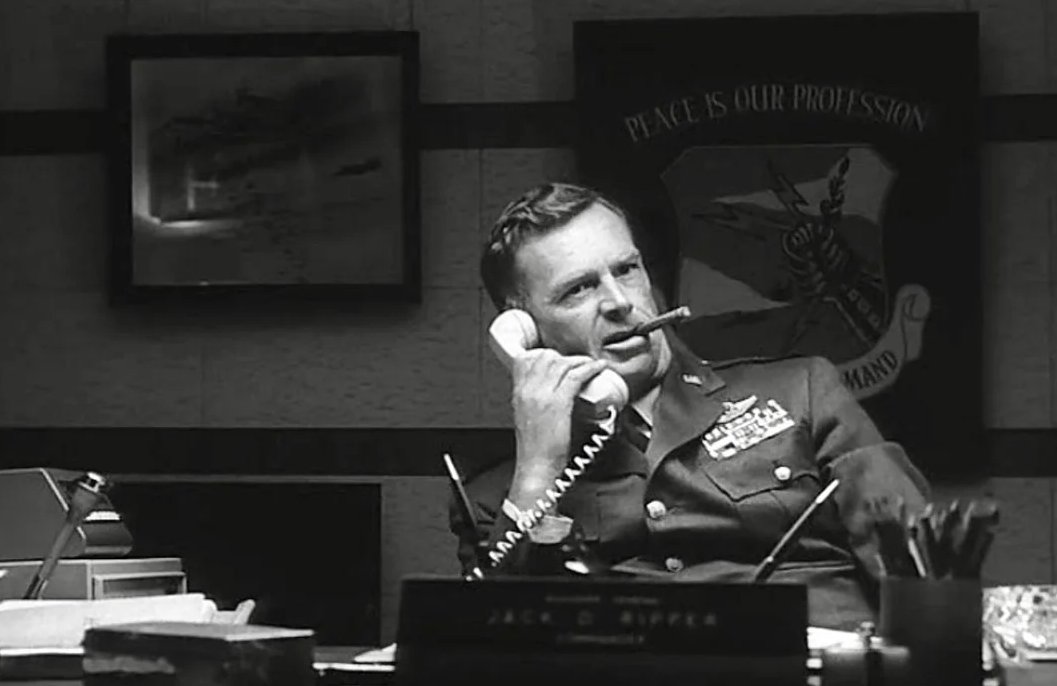

An early version of the script began with aliens coming across the remains of a destroyed Earth. They would have the technology to roll back time and see what happened, and we would see the events of the film unfold as the aliens observe. Kubrick scrapped it early on.
27/50


27/50

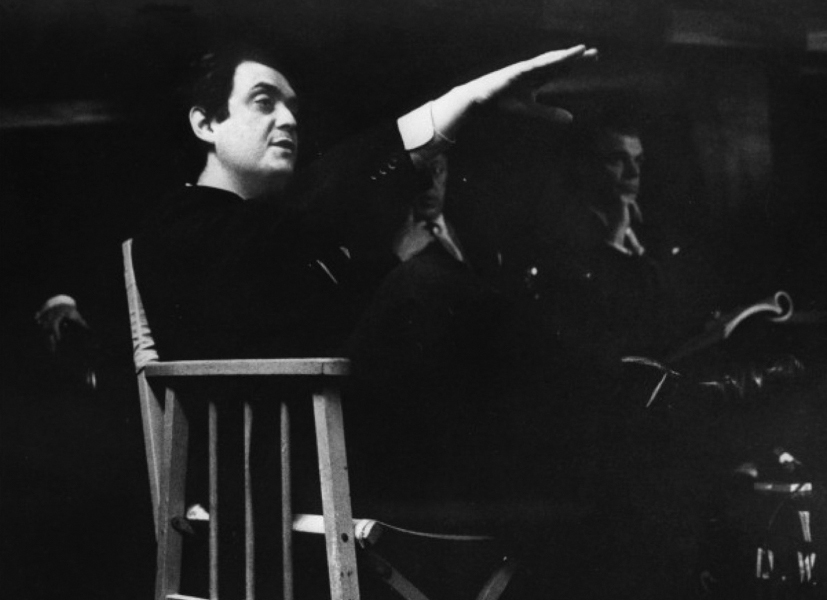
Composer and bandleader Laurie Johnson was brought in to write the score. His work was limited due to Kubrick’s decision to have the majority of the film music-less. Jones’ major contribution was his epic arrangement of American Civil War song When Johnny Comes Marching Home.
28/50

28/50

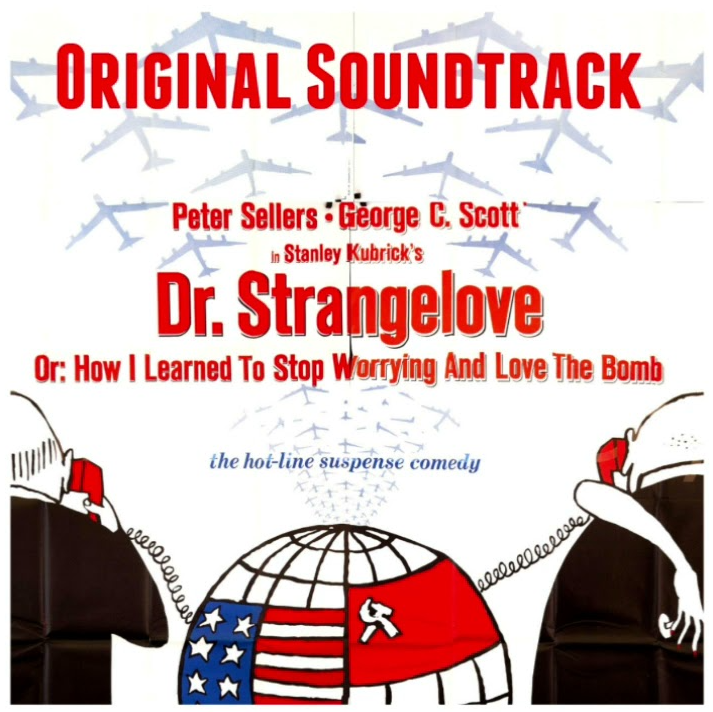
Kubrick knew he needed some production design expertise so hired Ken Adam, having been impressed with his work on the first James Bond film, Dr. No. Adam designed the War Room and made it far bigger than it needed to be, to give it a fantastical feel.
29/50


29/50
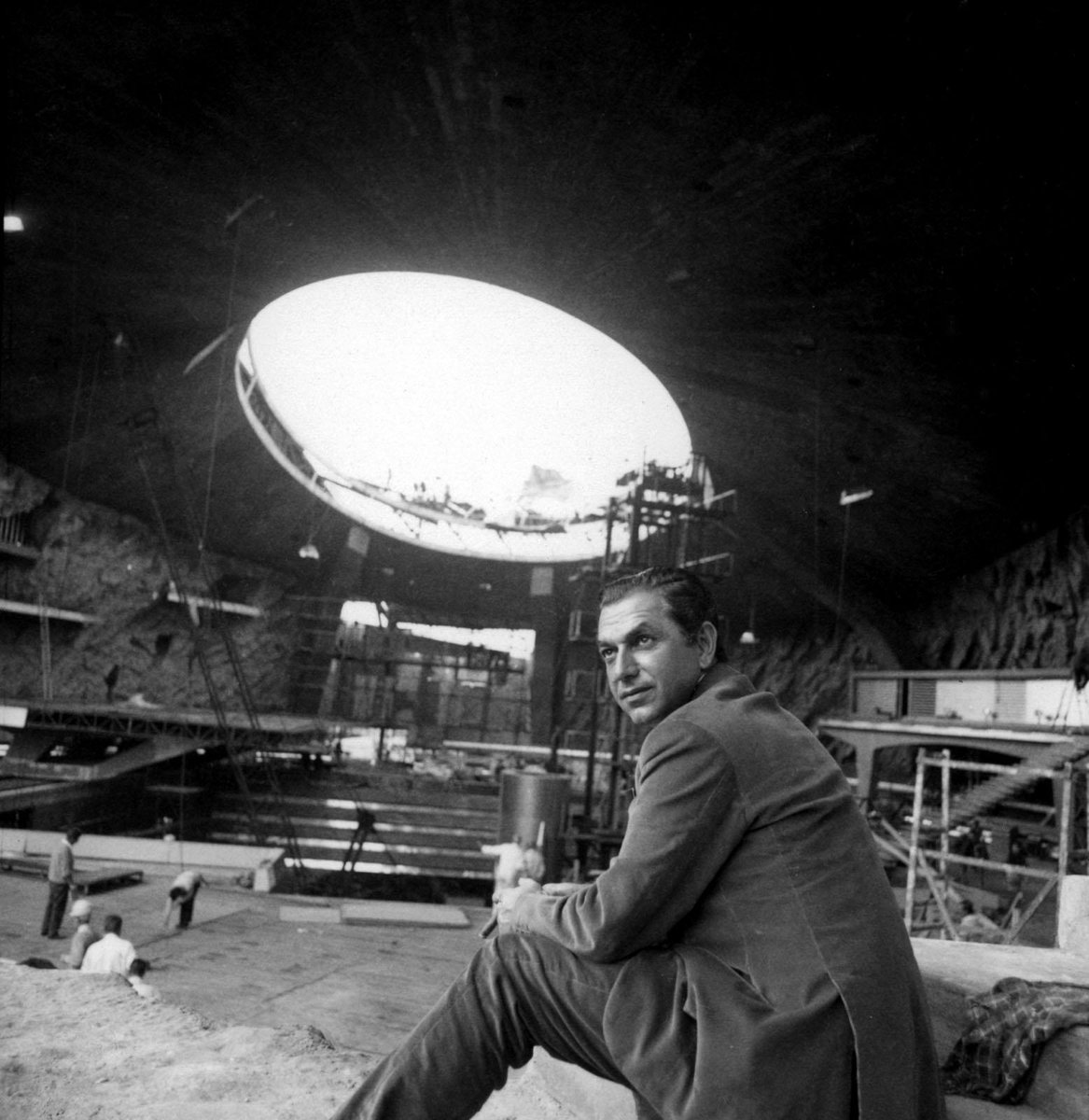

The War Room set was 130ft x 100ft x 30ft and the table 22ft. Though shooting in B+W, Kubrick had the table covered in green felt so it felt like a huge poker table. 10 miles of cable lit the board of bombers, and the crew wore slippers to not scratch the Formica floor.
30/50


30/50


Creating the B-52 bomber set was more problematic. Art Director Peter Murton had no reference photos so worked from the cover of a book - Strategic Air Command - and guessed the rest. When the US Air Force visited the set, they were shocked at the accuracy of the bomber.
31/50




31/50



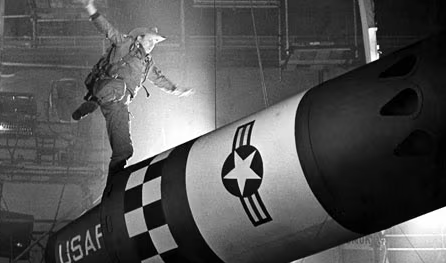
Title designer Pablo Ferro told Kubrick that machines designed by men always had a sexual aspect. This made Kubrick think about B-52s refuelling in midair and he got US Air Force footage of the action being carried out. (Knowing this makes watching the titles very different!)
32/50

32/50


To keep costs down, Kubrick didn’t ask to shoot real bombers in flight. Most of the shots of planes in flight were re-created with a ten-foot model of the plane and a moving matte image behind. Each shot cost only cost $600.
33/50


33/50
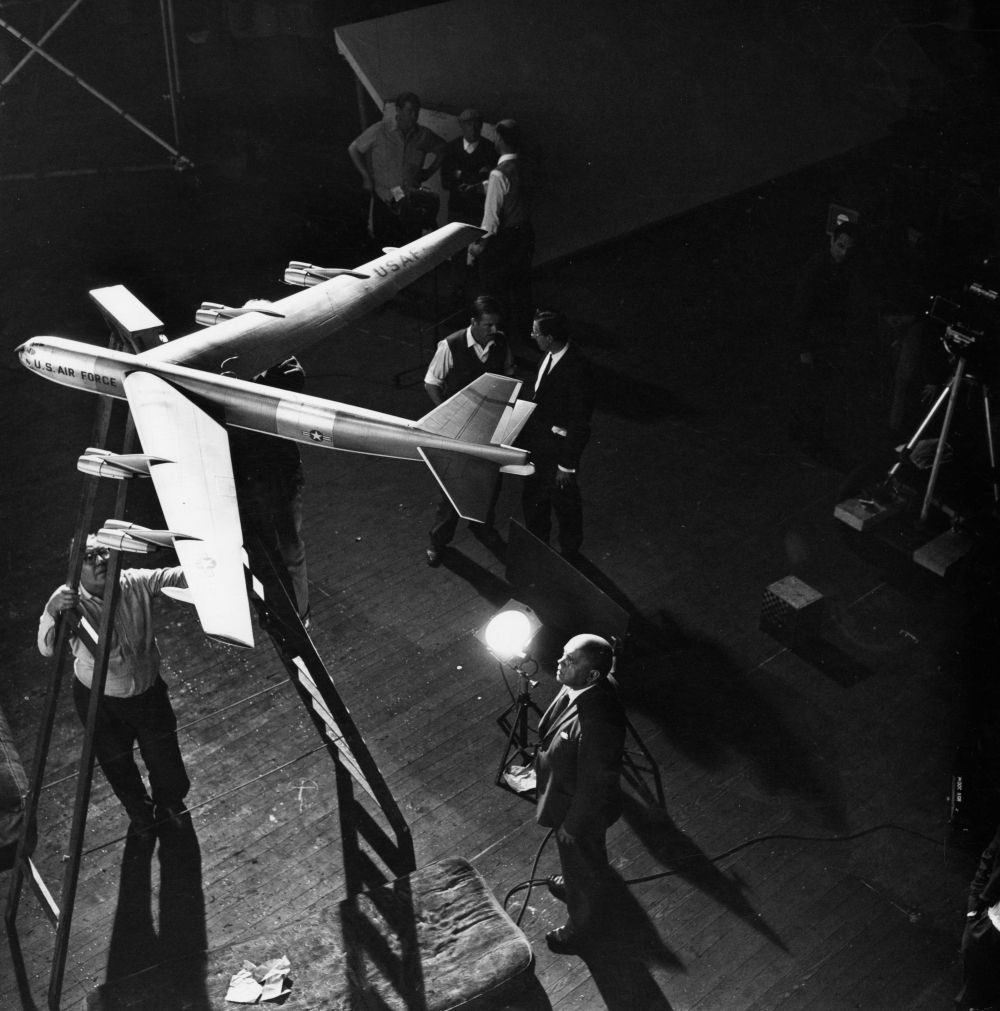

While shooting some aerial footage over Greenland, though, the second unit crew accidentally filmed a secret US base. Their plane was forced down by the military, and the crew was questioned about being Soviet spies.
34/50


34/50


In the shooting script, President Muffley had a bad cold and an effeminate manner. Sellers performed it so hilariously that the cast kept laughing. Kubrick decided to make Muffley a straight figure instead and re-shot the scenes.
35/50


35/50


In the film, Turgidson says it would take 2 days to run the 17,000 potential codes to recall the bombers. In real time, this would’ve taken 28.5 hours before the correct code was found.
36/50


36/50
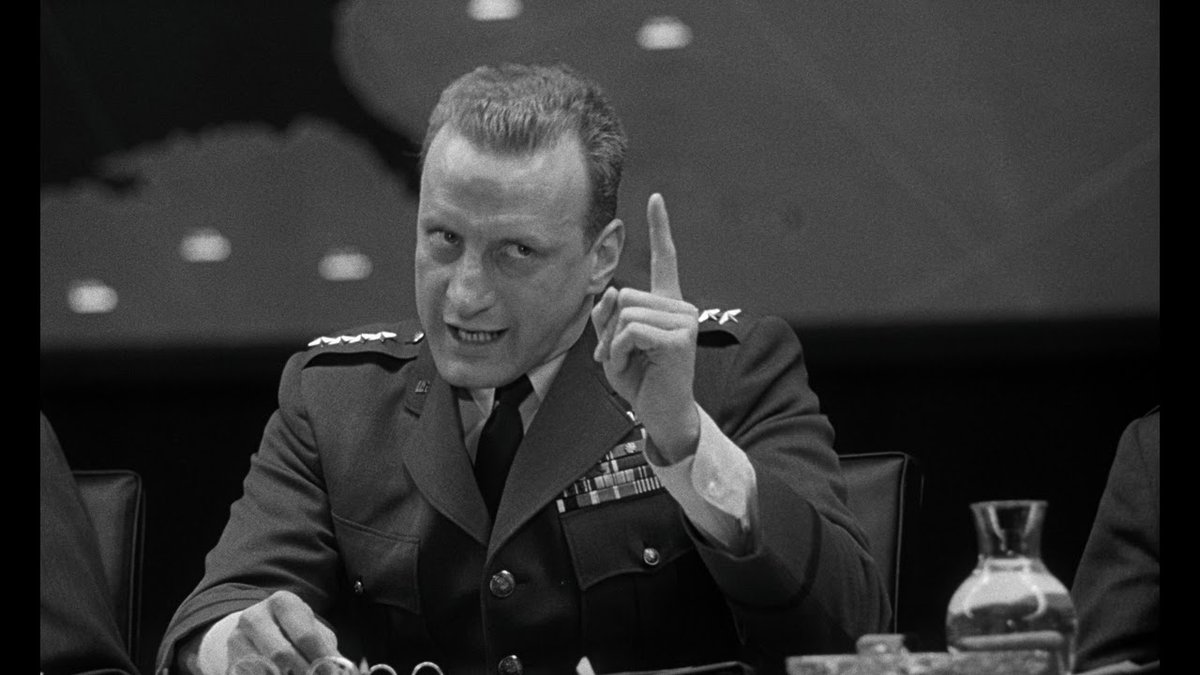

Scott had a reputation for being difficult at times on set. Kubrick curtailed this by bringing in a chess set. Scott thought he was a good player but when Kubrick regularly beat him on the set, Scott developed a grudging respect for the director.
37/50


37/50


The scene where Turgidson trips and falls in the War Room, and then gets back up and resumes talking as if nothing happened, wasn’t part of the script. Scott tripped for real and Kubrick, thinking it was hilarious, kept it in.
38/50
38/50
The film originally ended with a custard pie fight in the War Room. Terry Southern wrote it to reflect the ongoing rivalry between Russians and US. Kubrick cut it and said the scene failing to deliver on this front was a "disaster of Homeric proportions."
39/50




39/50



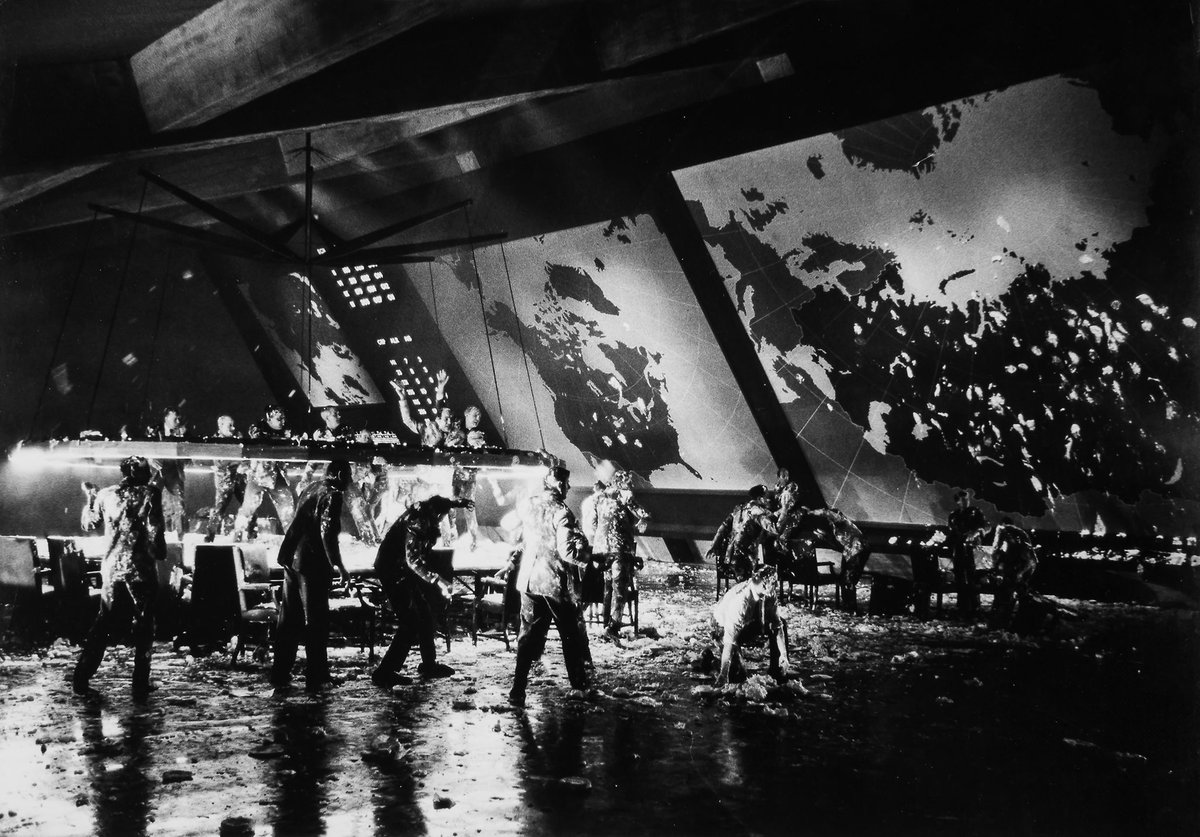
The light symbols on the War Room map were cutouts lit by individual floodlights placed behind them. They generated so much heat that the display was damaged and air-conditioning had to be installed.
40/50




40/50




To handle the hot floodlights, Kubrick had to wear gloves. Peter Sellers thought the gloves looked sinister and asked to borrow one. This is why Dr. Strangelove wears one glove on his right hand.
41/50
41/50

For his performance as Strangelove, Sellers spoke in a German accent and combined it with the speech patterns of famed photographer Arthur ‘Weegee’ Felling. Sellers also said Strangelove suffers from ‘Alien Hand Syndrome’, causing his arm to shoot up.
42/50


42/50


The scene where Strangelove goes out of control in the War Room was ad-libbed by Sellers. The scene features a lot of edits and cutaways because they had to remove shots of the cast laughing during the take. Some actors can be seen supressing laughter.
43/50


43/50


The film climax is scored by Vera Lynn’s We’ll Meet Again, a song listed by the BBC as one to play to increase morale in the event of a nuclear crisis. The idea to use it came from Sellers’ fellow ex-Goon Spike Milligan, when he visited Sellers on the set.
44/50



44/50



The first test screening for the film was scheduled for November 22, 1963. On that same day, John F. Kennedy was assassinated. Feeling the public may not want a political comedy at that point, the Dr. Strangelove premiere was moved back to January 1964.
45/50


45/50
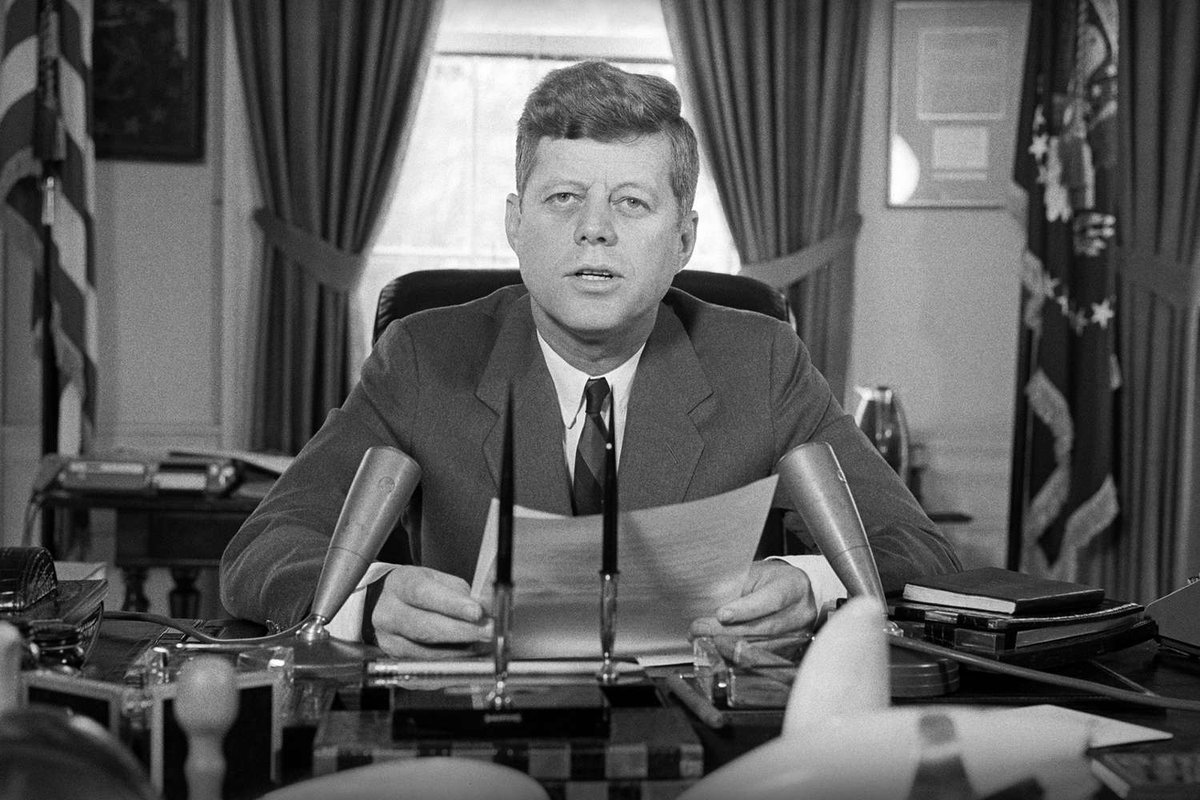

Because of JFK’s murder in Dallas, an edit was made to the film. While searching through a pack of supplies of lipstick, stockings, and prophylactics, Kong originally said “A fella could have a good weekend in Dallas with this stuff.” Dallas was dubbed over with Vegas.
46/50


46/50


The film seemed to strike a nerve in congress, and some political changes were made. Since the mid-1960s, procedure has been that no one government individual can have access to the complete code needed to unlock a nuclear weapon.
47/50


47/50


Reports later surfaced that Kubrick and Southern had been working on a Strangelove sequel, with Terry Gilliam in mind to direct. Called Son of Strangelove, it was set in a fallout bunker. Gilliam said “I never knew about it until after [Kubrick] died but would’ve loved to.”
48/50

48/50


Made for just $1.8m, Dr. Strangelove took $9.2m at the box office, so was a huge success. It was nominated for 4 Oscars (Sellers was the first actor to be nominated for playing three roles) and today, the film is regarded as among Hollywood’s greatest satires.
49/50




49/50




Finally… when Ronald Reagan became US President in 1981, one of the first things he reportedly asked his staff at the White House was where he could find the War Room. (He was apparently told there is no such thing).
50/50


50/50


If you liked our story on the making of DR. STRANGELOVE, please share the opening post 😀
https://x.com/ATRightMovies/status/1752321682037940438?s=20
• • •
Missing some Tweet in this thread? You can try to
force a refresh


